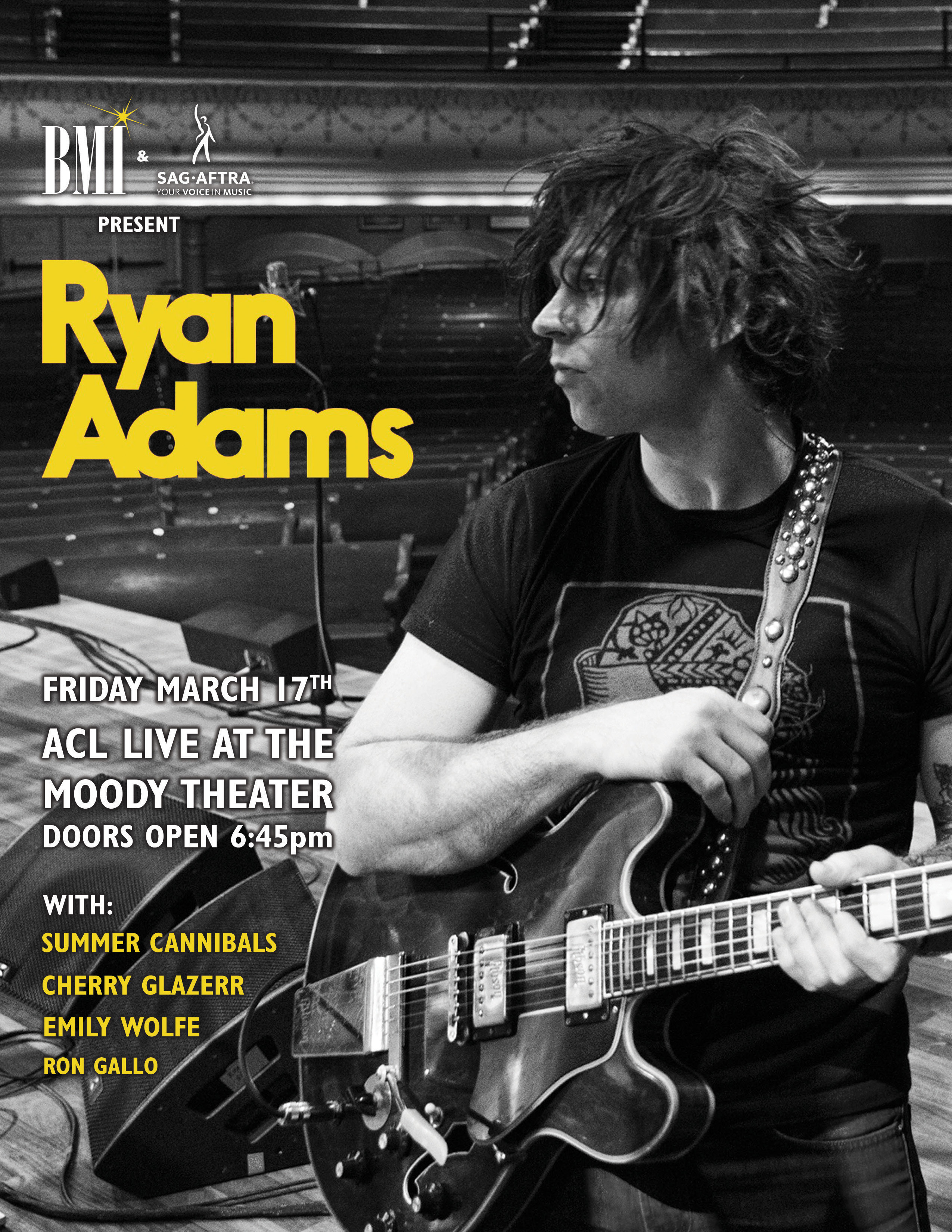

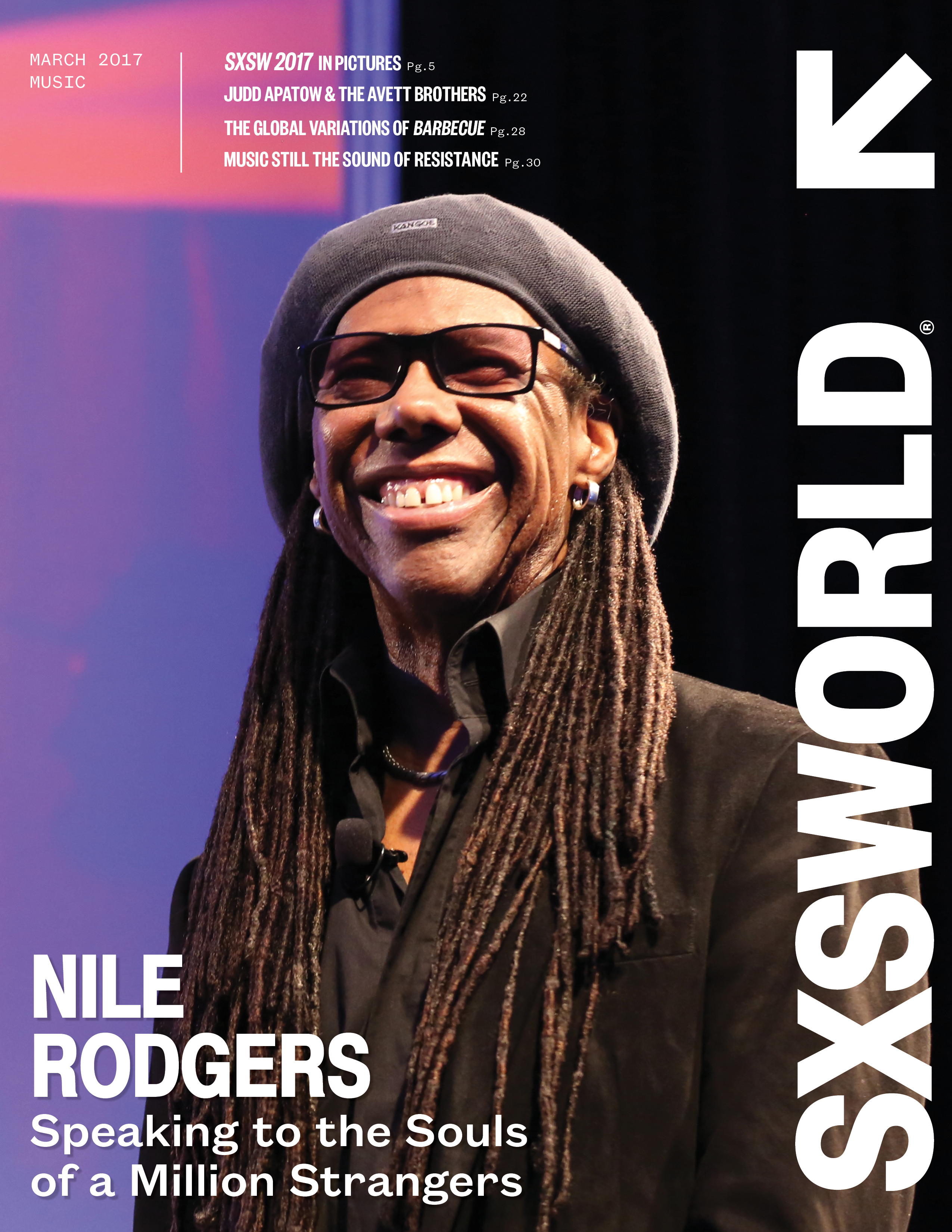
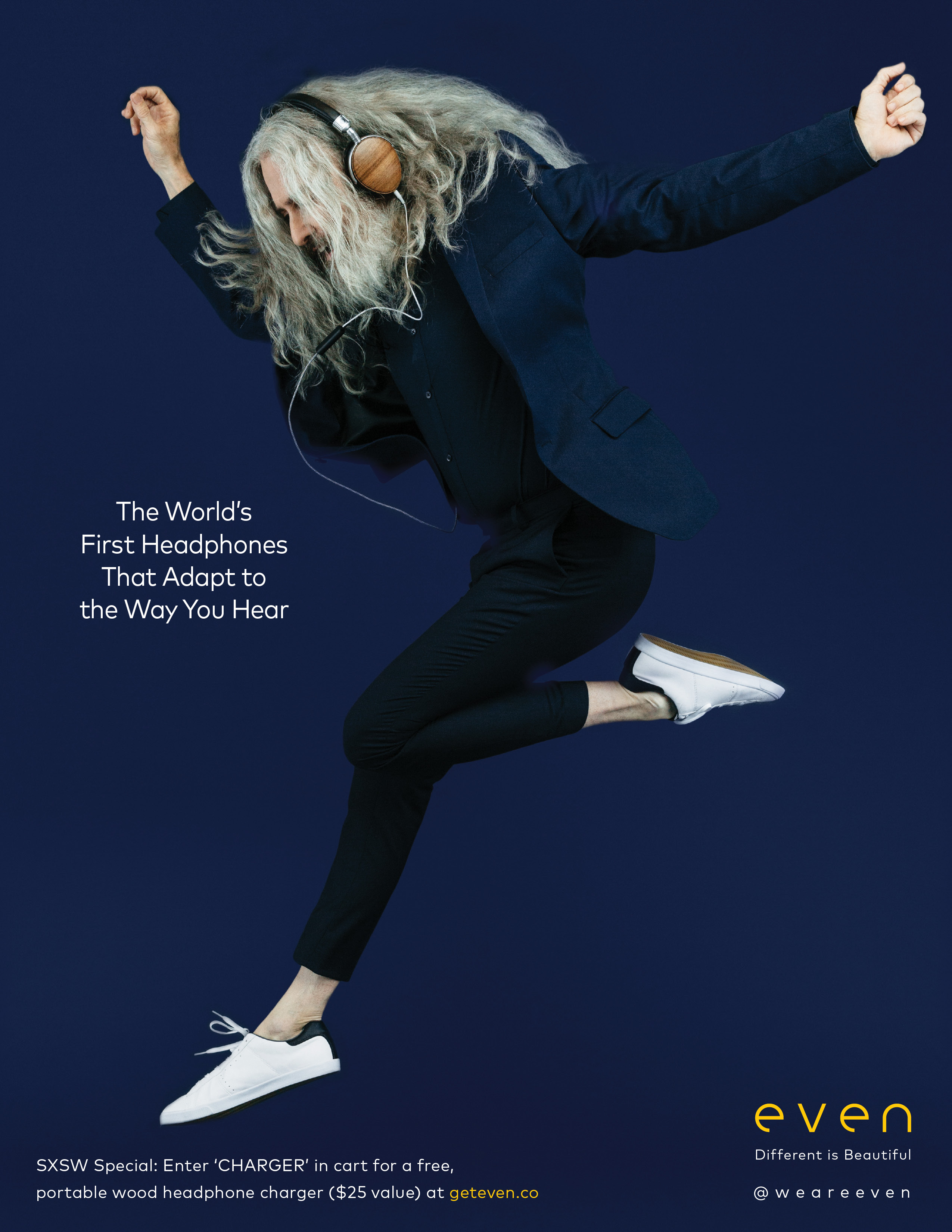
SXSWORLD | March 2017 MUSIC | SXSW.com

Volume 11, Issue 4
Publishers
Roland Swenson, Nick Barbaro, Louis Black
Editor
Andy Smith
Art Director
Eleanor B. Rosaire Pousson
Advertising
Katharyn Howe, Una Johnston,
Katie King, Mirko Whitfield,
SXSW Contributors
Jody Arlington, Justin Bankston, Amy Braband, Michael Brown, Rory Burbeck, Soledad Cantu, Hugh Forrest, Shelley Hiam, Zach Horn, Jim Kolmar, John Krause, April Litz, Andrew McNeill, Leeann Pendley, Janet Pierson, Cathy Ricks, Mai Schotz, Amy Wanke
SXSW 2017 Logo Design
Foxtrot
Contributors
Claudia Alarcón, Leor Galil, Odell “Odeisel” Hall, Serena Kutchinsky, David Menconi, Rob Preliasco, Jenny Smith, Luke Torn, Daniel Vaughn
SXSW Headquarters
PO Box 685289, Austin TX 78768 US
Tel 512/467-7979, Fax 512/451-0754
Email: sxsw@sxsw.com
SXSW Sales & Exhibitions
MUSIC: Stacie Cline,
FILM: Katharyn Howe
INTERACTIVE: Wendy Cummings, Katie King
GAMING: Justin Burnham
SALES: sxsw.com/sales
SPONSORSHIPS: Scott McNearney
SXSW Music, U.K. & Ireland
Una Johnston, 9 The Coach Yard,
Cloughjordan, Co. Tipperary IRELAND
Tel/Fax: +353 505 42570
SXSW Europe & Int'l. Business Development
Mirko Whitfield, Blaihofstrasse 4, #10, 72074
Tuebingen-Pfrondorf, GERMANY
SXSW Japan
Hiroshi Asada, #406 2-3-21 Kabukicho
Shinjuku-ku Tokyo 160-0021
SXSW Australia, New Zealand & Hawaii
Phil Tripp, 60 King St., Coffs Harbour
NSW 2450 Australia, +61 (2) 6652 6675
SXSW Brazil
Tracy Mann
SXSW Central, South America & Caribbean
Peter Lewis
SXSWORLD (ISSN 1935-1496) is published by SXSW, LLC. five times per year in May, November, Music March and twice in March at 400 Bowie St, Austin, TX 78703. © 2017 SXSW, LLC. All Rights Reserved. Periodicals postage paid in Austin, TX and at additional mailing offices. “SXSW” and “South By Southwest” are registered trademarks owned by SXSW, LLC. Subscriptions are provided annually with paid registrations to the SXSW Conferences.
Email for inquiries
POSTMASTER: Send address changes to
SXSWORLD PO Box 685289, Austin TX 78768
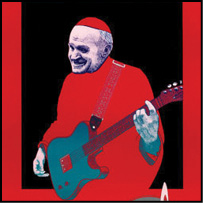
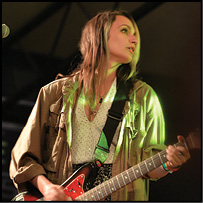

Photo Courtesy of Graphick Stock
Photo by Joe Cavazos
IN EVERY ISSUE
Updates from the SXSW family of events
The Oscar winner’s three guiding words
Features
SXSW 2017 in pictures
Examining the great musician’s long purple shadow
Noted comedy filmmaker helms new Avett Brothers documentary
Poster artist and lawyer has long history with SXSW
Demanding more equality in key industry positions
New film travels the world one grill at a time
Bands using songs to stand their political ground
WWE wrestler is proud to be a gaming nerd
Music fans seek shelter from harrassment and discrimination
Jagmo© 1991 Nels Jacobson
Contents

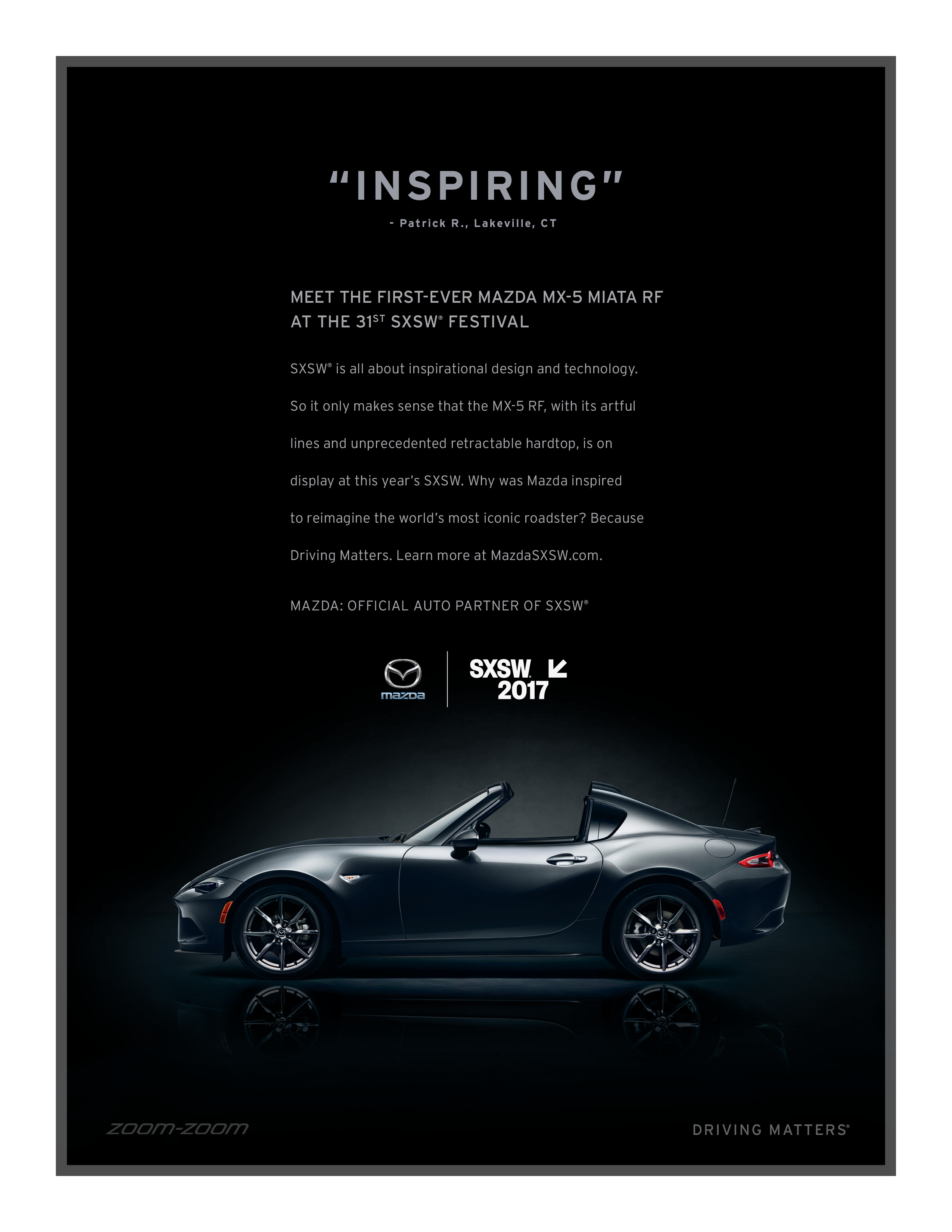



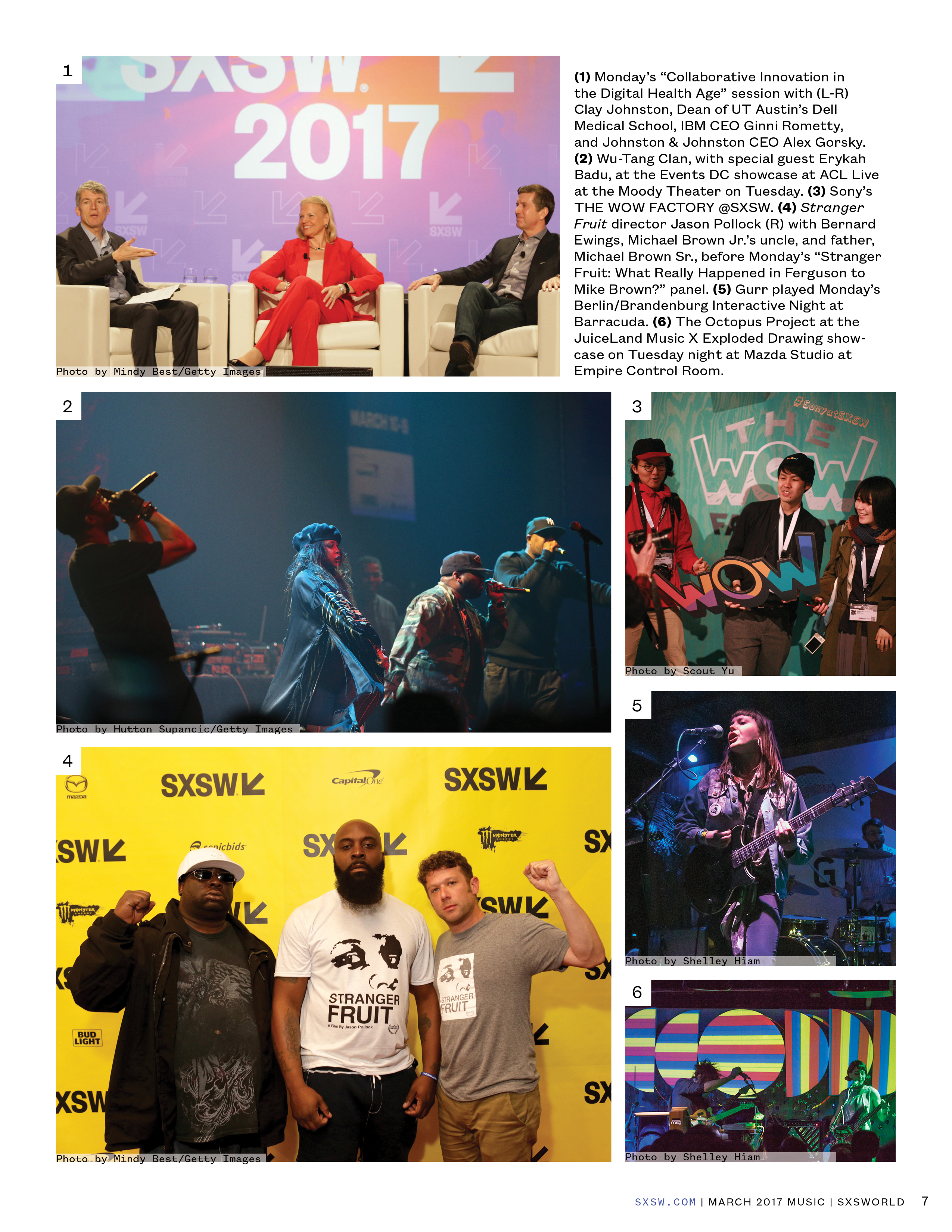
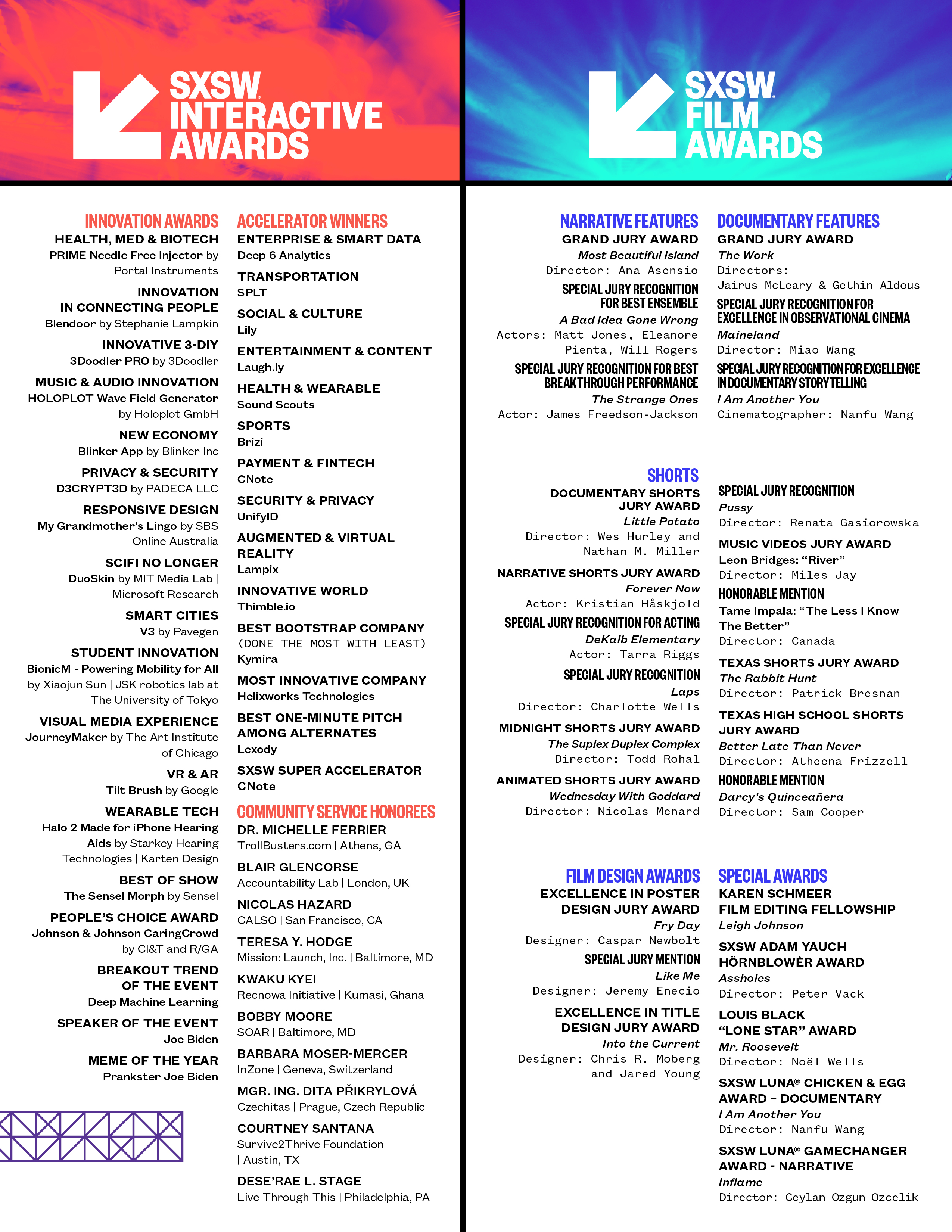
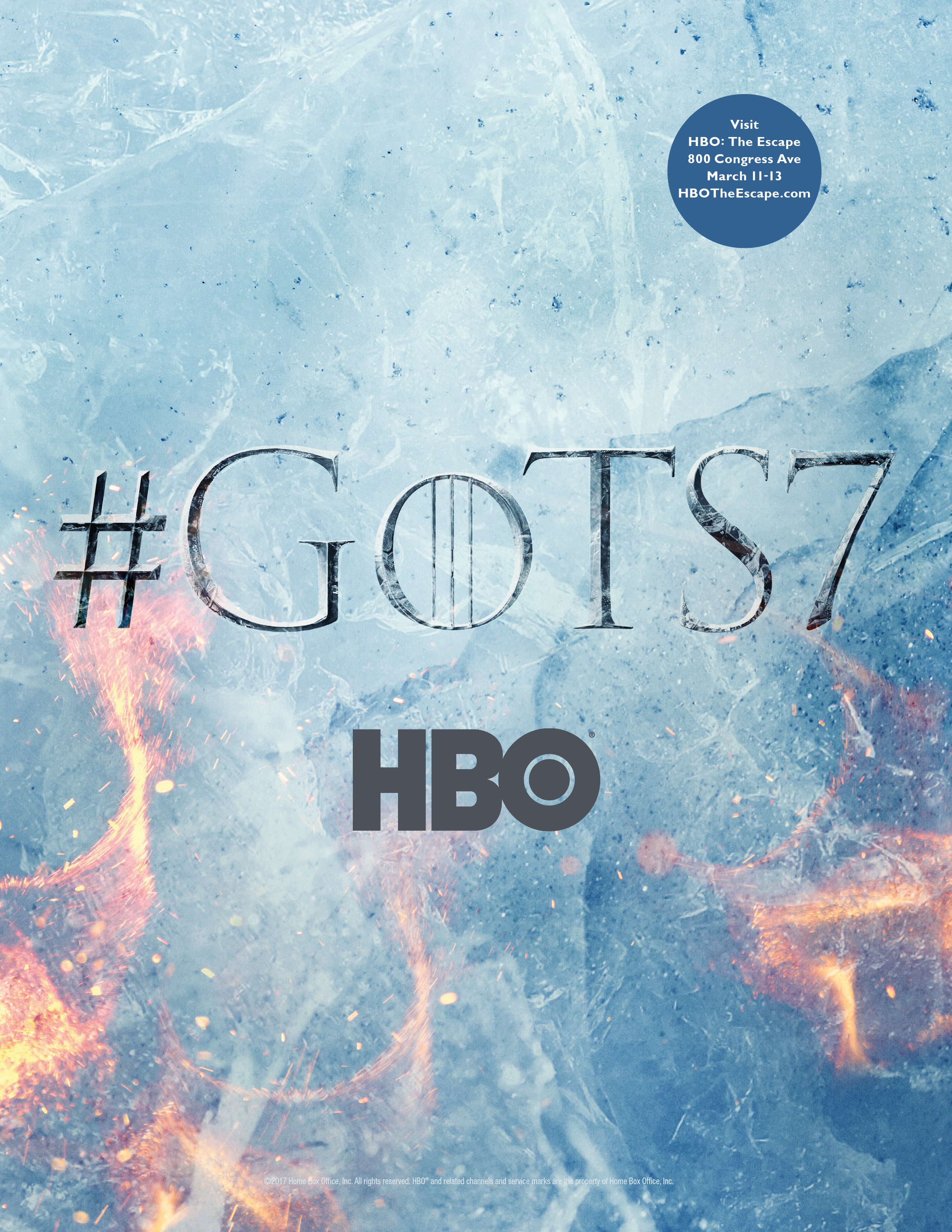
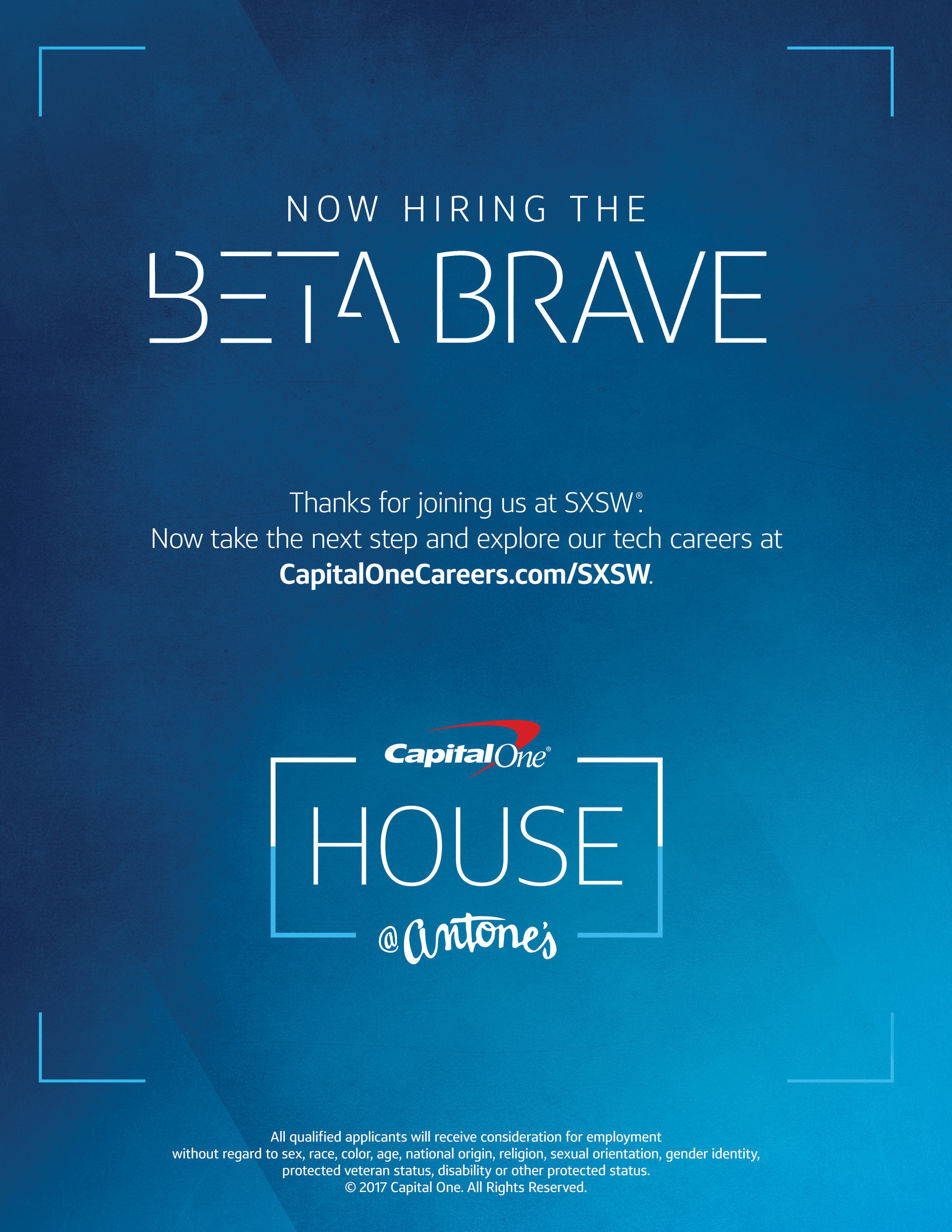
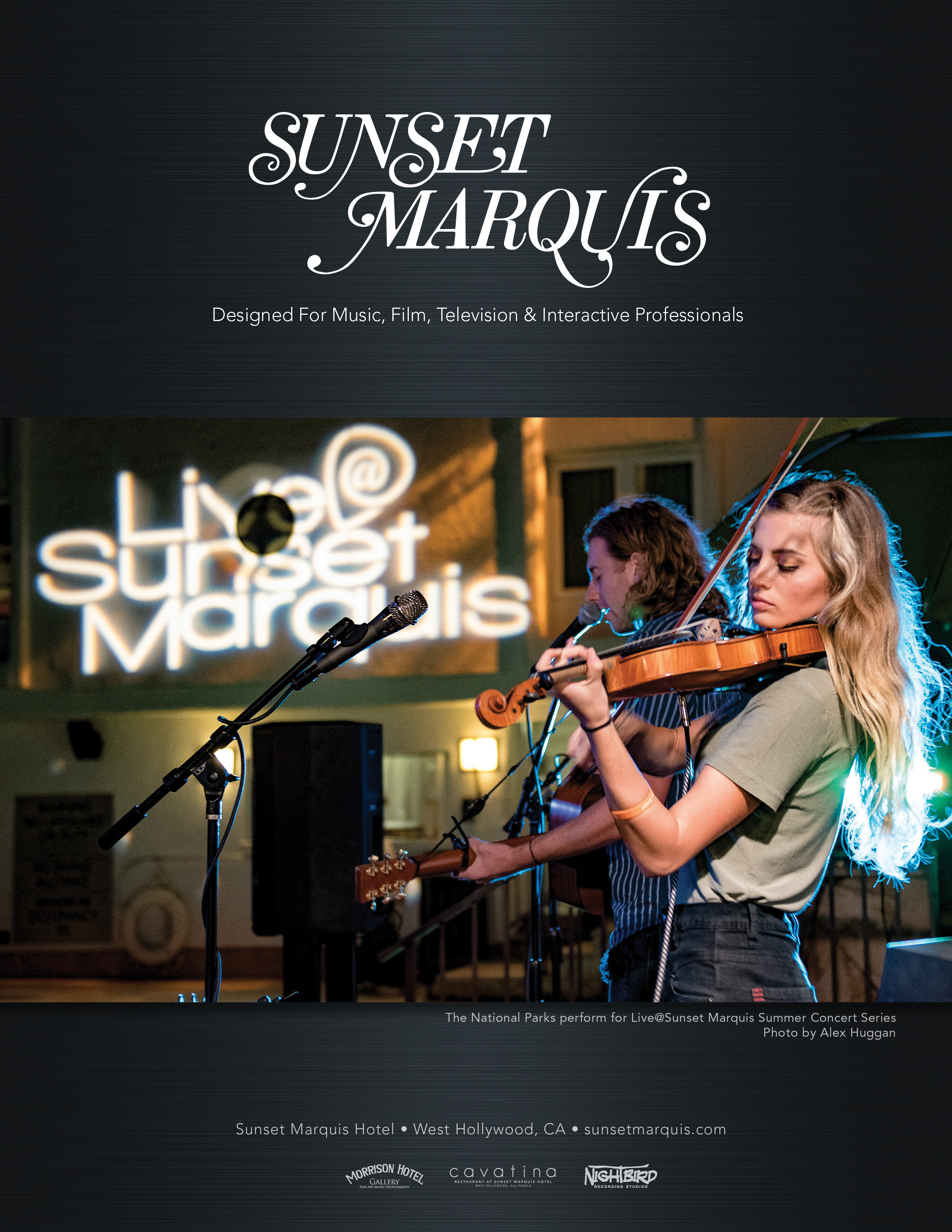

New & Noteworthy
What’s Happening Now & Exciting Things to Come!

SXSW Art Program
All during SXSW 2017, the SXSW Art Program is showcasing international artists, supporting local talent, and contributing to a vibrant culture of art in Austin through permanent and temporary installations. For a list of installations and additional programming, visit: sxsw-art-program.
Music Bloggers Guide
The Music Bloggers Guide to SXSW is back and better than ever. Featuring 100 artists with previews from respected independent music bloggers throughout the industry, the guide is our premier discovery tool for exploring up-and-coming 2017 Showcasing Artists. Check it out at bloggersguide.sxsw.com on desktop or mobile devices.
SXSW Comedy Festival
SXSW Comedy continues through Saturday, March 18 with showcases, live podcast recordings, panels and late night parties. The diverse line-ups featuring rising stars, established greats, and surprise guests. Full line up here: comedy
Catch Film Screenings Through Saturday
SXSW Film maintains a full screening program through Saturday, with highlights including The Big Sick (starring Kumail Nanjiani), the classic Earth (with a live score by DakhaBrakha), and the World Premiere of Thank You, Friends: Big Star’s Third Live... and. Check the schedule or the SXSW GO app for details.
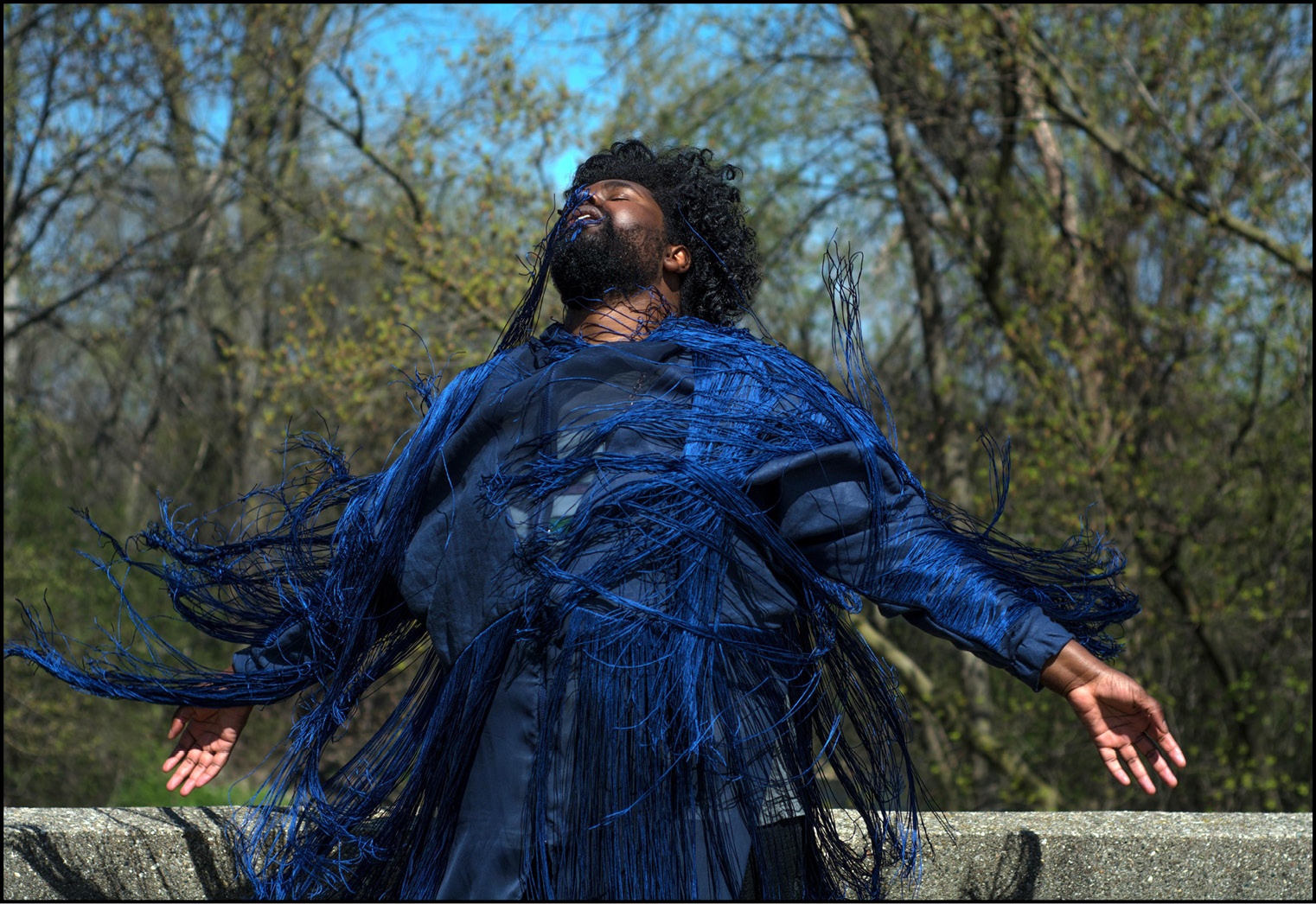

Tunde Olaniran, photo by Timothy Jagielo
Run the Jewels
Music VIdeo Screenings
Always a fan favorite, we again have a full program of Music Videos at SXSW Film. Highlights this year include videos from Pussy Riot, Tame Impala, Run the Jewels, Frank Ocean and more. You can catch the final screening on Saturday at 4:30pm in Alamo Lamar B (1120 S Lamar Blvd). Don’t miss it!
A Conversation
with Mike Posner
Known for his hit solo album 31 Minutes to Takeoff and for co-writing songs such as “Sugar” by Maroon 5, “Boyfriend” by Justin Bieber, and more, Mike Posner will speak about his career and his most recent project, a poetry book called Tear Drops and Balloons, on Saturday at 12:30pm in Room 16AB of the Austin Convention Center.
SXSW Gaming Meet Ups
SXSW Gaming is proud to welcome Meet Ups as the newest programming format for 2017. Meet Ups are available to Gaming wristbands and SXSW badgeholders alike and will help facilitate meaningful conversations and connections for individuals both within and outside of the gaming industry. Topics for this year range from trending industry conversations around virtual reality and cloud gaming, to special interests such as tabletop games and Pokemon GO.

Sci-Fi thriller Life to Close
SXSW Film Festival
SXSW Film will close this year with the much-anticipated World Premiere of Life, with Jake Gyllenhaal, screening at ZACH Theatre (1510 Toomey Rd), on Saturday at 8pm. Directed by Daniel Espinosa, the sci-fi thriller also stars Rebecca Ferguson and Ryan Reynolds and is the perfect way to round out your SXSW Film experience. Don’t miss it! Head to the schedule or the SXSW GO app to add it to your list.
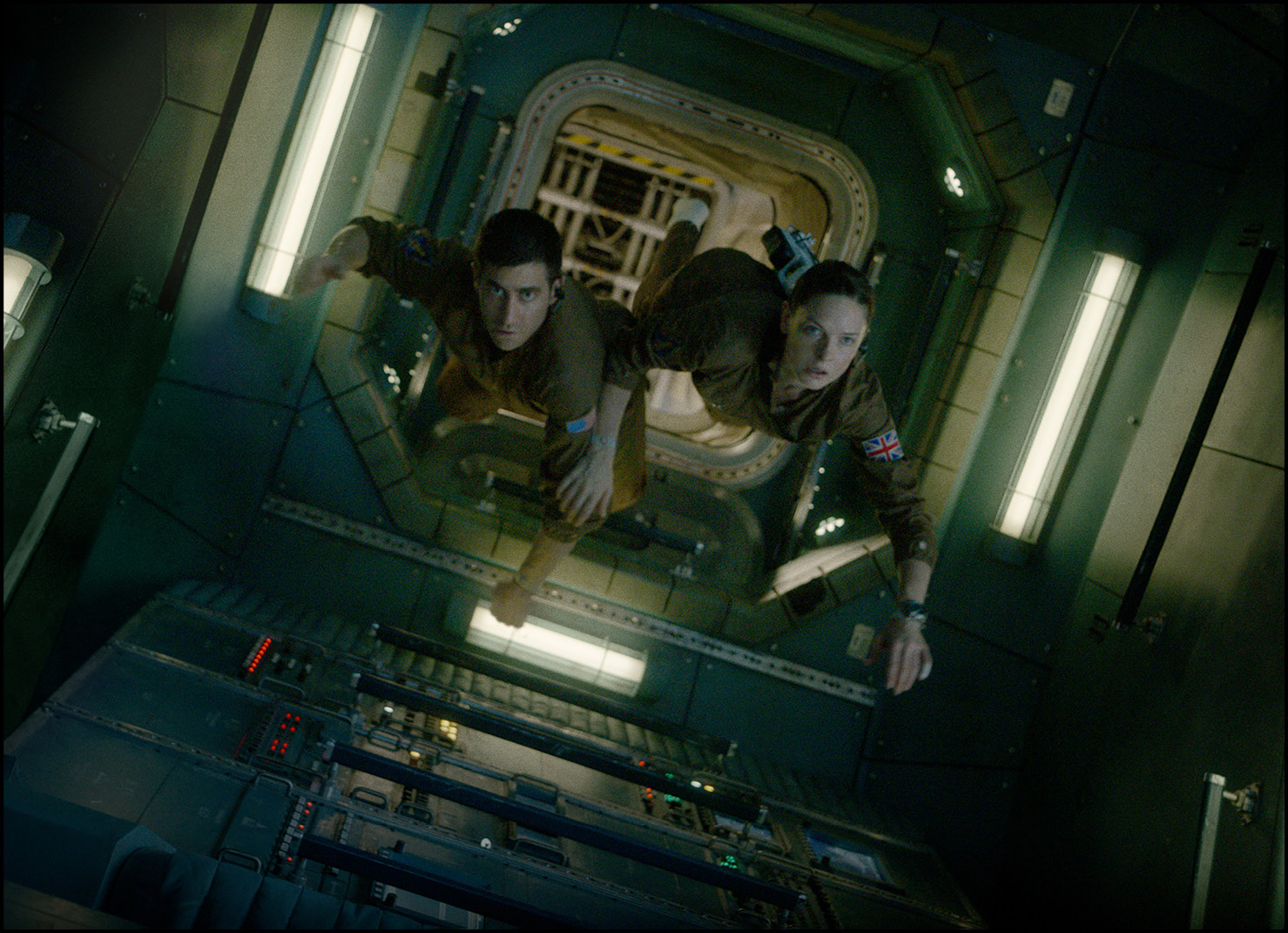
Life, photo courtsey of 2016 CTMG
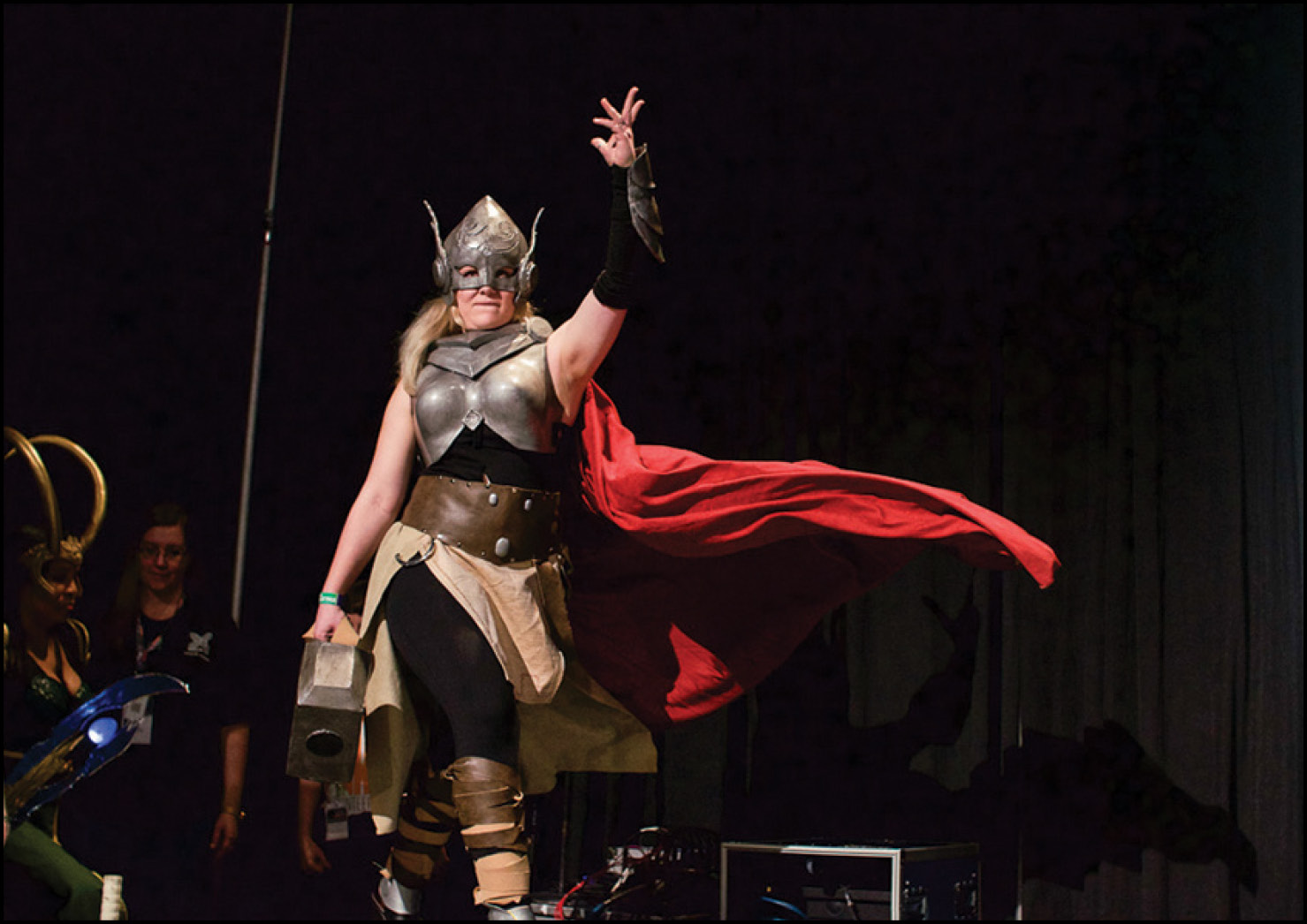
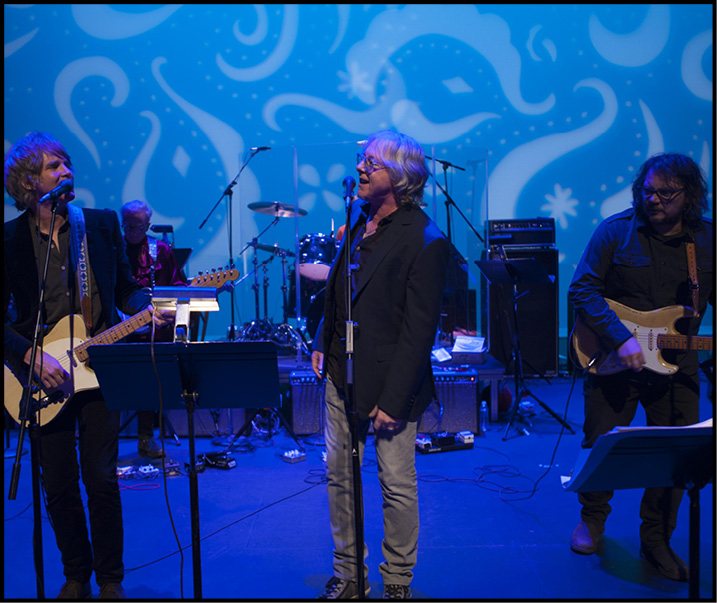
Photo by Sofia Shapiro
Big Star, photo by Lindsey Byrnes
SXSW Gaming Opening Party
featuring
Cosplay Contest
Tonight! Join hundreds of fellow cosplayers, geeks, and gamers at the Hilton Austin Downtown (500 E. 4th St) from 8-11pm for the SXSW Gaming Opening Party, featuring a special performance by metal cover band Powerglove. This event is open to all all SXSW badgeholders and attendees with a Thursday or 3-Day SXSW Gaming Wristband.
Music Panels Highlights
Check out these amazing SXSW Music Conference sessions at the Austin Convention Center: “I Wrote That Song” happening today (Thursday, March 16) will feature Britt Daniel (Spoon), Matthew Caws (Nada Surf), and Chris Stamey (The dBs) performing live and discussing their work. Learn to chop and screw songs with the masters from the style’s Houston birthplace and beyond in the “Chop Not Slop Live Workshop” on Friday. Dive into the world of beloved UK label Bella Union on Friday, or on Saturday learn about Royal Studios, the legendary Memphis studio that brought us Al Green and so many others.
International Films at SXSW
The global reach of SXSW is apparent in the range of international titles screening during SXSW Film. Countries represented this year include Cuba, Colombia, Dominican Republic, Croatia, Ghana, Lebanon, Mexico, Turkey and many more. Check out the films in our Global section and browse the schedule for more great international films.
Big Star’s Third + Friends
To celebrate the World Premiere of Thank You, Friends: Big Star’s Third Live… and More at the SXSW Film Festival, an all-star cast will present a special orchestrated performance of selections from Big Star’s legendary Third album and their earlier releases. The showcase will be on Friday at Central Presbyterian Church (200 E 8th St), and the lineup will include Jody Stephens (Big Star), Mike Mills (R.E.M.), Ken Stringfellow (Posies, Big Star), Mitch Easter (Let’s Active), Chris Stamey (the dB’s), Brett Harris, Skylar Gudasz, Robyn Hitchcock and guests, including members of Austin’s own Tosca Strings conducted by Brent Baldwin. All details can be found on the schedule.
SXSW Music to Host Venezuelan Showcase
For the first time, SXSW will host a showcase that exhibits outstanding talent from the vibrant country of Venezuela, on Friday at Speakeasy (412 Congress Ave). Hailing from the streets of Caracas, rock quartet La Vida Boheme make their way to Austin. The show will also feature Venezuelan rapper Apache and female rapper Gabylonia. Zeta will also bring their experimental/post-rock fusion to the event. Be sure to check out Sounds from Venezuela as well as our other Latin showcases on the schedule.
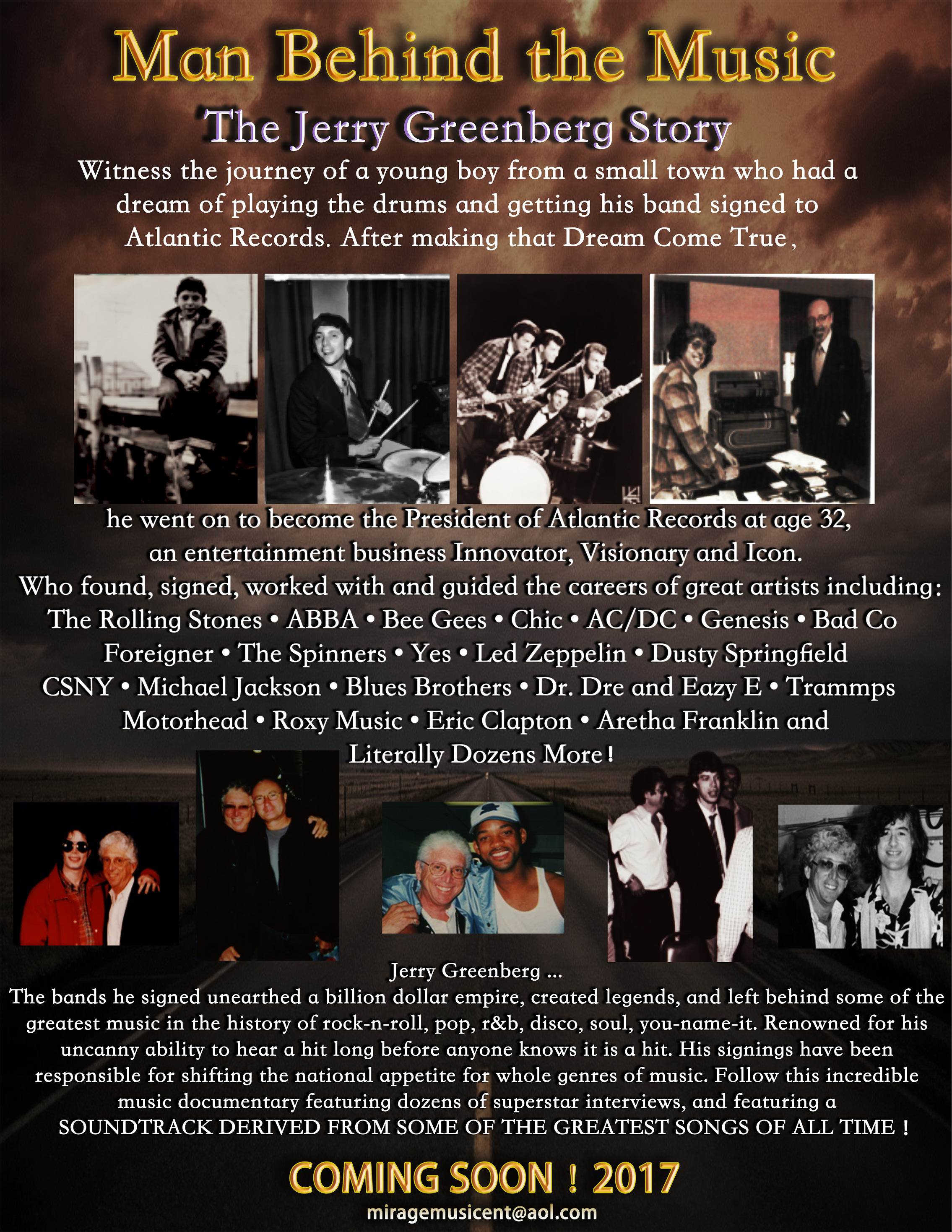

Jonathan Toubin, photo
by Alexander Thompson
Music Closing Party
Jonathan Toubin returns to close out SXSW 2017 with New York Night Train’s Soul Clap and Dance-Off on Sunday, March 19, at Palm Door on Sixth (508 E 6th St). The free and open-to-the-public party includes a dance competition with a $100 cash prize, so be sure you practice your moves throughout the SXSW Music Festival! Visit the schedule for full details.
Buzz Screenings &
Award Winning SXSW Films
Did you miss that one film at SXSW that people are talking about? Then Buzz Screenings are for you! These are repeat screenings of those much discussed films. We will also be presenting repeat screenings of all SXSW Film Awards winners across each category. Both Buzz and Award screenings will be announced via our social media channels, and here: film. Follow @sxsw on Twitter for up-to-date info.
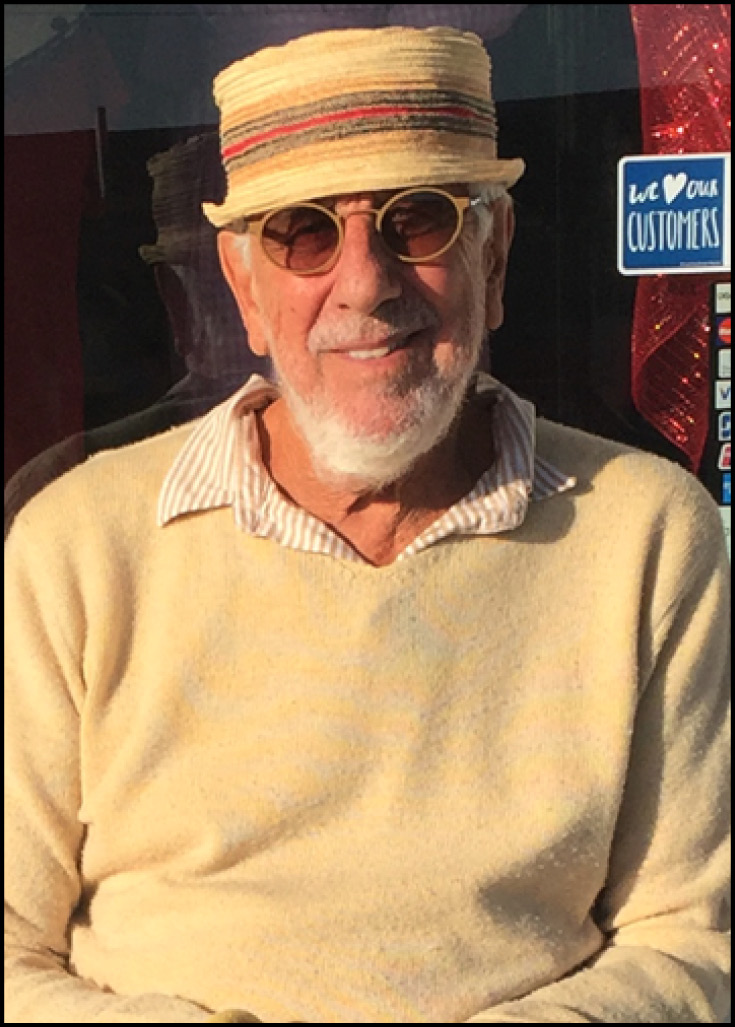
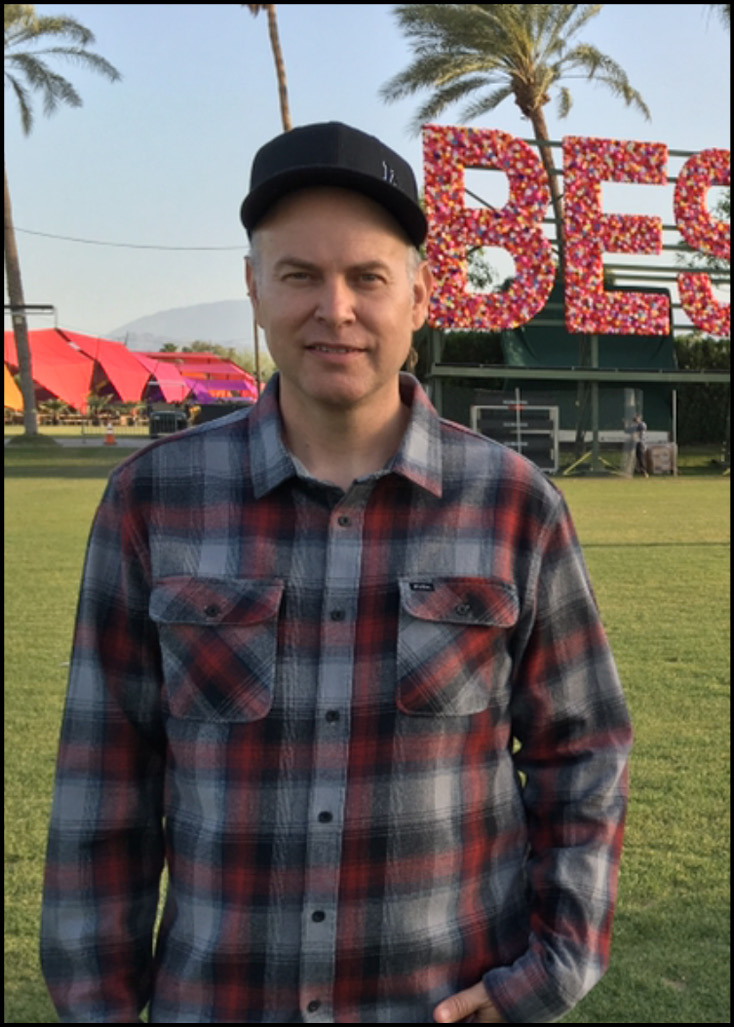
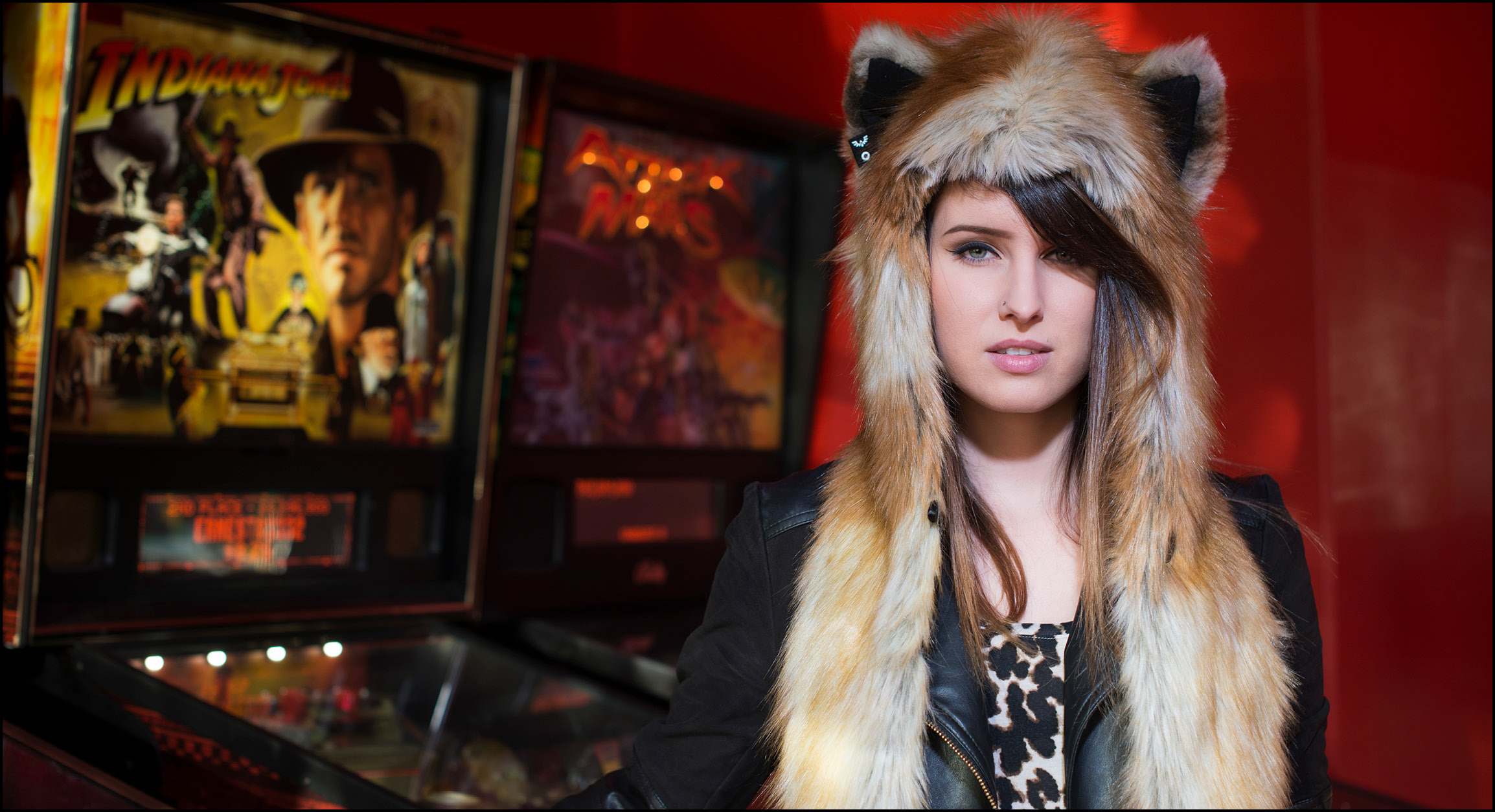
Lou Adler
Paul Tollett
OMGitsfirefoxx
From Monterey Pop To Coachella: Conversation With Lou Adler & Paul Tollett
June will mark the 50th anniversary of the Monterey International Pop Festival – the three-day concert held in Monterey, California on June 16-18, 1967, that represented the beginning of the “Summer of Love.” In conjunction with this golden anniversary, the GRAMMY Museum will present an official SXSW panel that will examine how music festivals have become the driving force in live music presentation. Moderated by Scott Goldman, the panel features Monterey Pop co-founder Lou Adler and Goldenvoice President/CEO and Coachella founder Paul Tollett: Friday at 3:30pm in Room 12AB of the Austin Convention Center.
SXSW Gaming Awards Ceremony
In addition to highlighting the best that the gaming industry has to offer, the 2017 SXSW Gaming Awards sponsored by IGN and Imaginary Forces will feature a star-studded lineup of hosts and entertaining performances. Previous emcees and guests include Jacksepticeye, Rachel Quirico, Markiplier, Janet Varney, Starbomb, Cirque du Soleil, and many more. This year, the SXSW Gaming Awards festivities will be co-hosted by WWE Superstar Xavier Woods® and streaming personality OMGitsfirefoxx. The awards will take place at the Hilton Austin Downtown (500 E. 4th St) on Saturday from 8–10pm. The event is open to all Saturday and 3-Day SXSW Gaming Wristbands, as well as all SXSW badgeholders.

Trill City
Austin’s own hip-hop design crew Trill City is making a 2017 comeback with a stacked lineup including Texas hero Fat Tony, Memphis’ Blue, The Misfit, and many more. Come down to Valhalla
(710 Red River) on Saturday and dive into this trill ass finale, Texas style!
Live Shows at the Austin Convention Center
Want to get away from the hustle and bustle of parties but still catch some daytime music? The Radio Day Stage, International Day Stage, and Flatstock Stage have returned to the Austin Convention Center and will host showcases through Saturday. On the Radio Day Stage (in Ballroom D), lineups are presented by indie radio stations from around the U.S. including KEXP’s El Sonido, KCRW, KCSN, and VuHaus. The International Day Stage (in Ballroom G) features a diverse group of artists from all over the world. You can stop by the Flatstock Stage (in Exhibit Hall 4) while shopping at the Flatstock Poster Show, presented by the American Poster Institute. Full schedule of artists.
Tune into SXSWfm®
Satisfy all your official SXSW Artist listening needs! SXSWfm’s programming consists of genre specific hours, along with curated specialty shows. Through SXSW 2017, tune in to hear music exclusively by SXSW 2017 Showcasing Artists. Our online player is streaming 24/7 at player.sxswfm.com. You can listen to all of our specialty shows anytime online at mixcloud.com/SXSWfm
Catch the Seoul Sounds at SXSW
Don’t miss top-notch Korean musical talent during SXSW. K-Pop Night Out is celebrating it’s fifth annual SXSW Music Festival showcase on Friday, March 17 at The Belmont (305 W 6th St). The lineup includes Red Velvet, Hyolyn, Galaxy Express, No Brain, Big Phony, Drunken Tiger and Yoonmirae.
moonROK CEO Hannah Waitt will be speaking about the growing global influence of K-pop on Friday at the Austin Convention Center. See the schedule for all of the latest details.
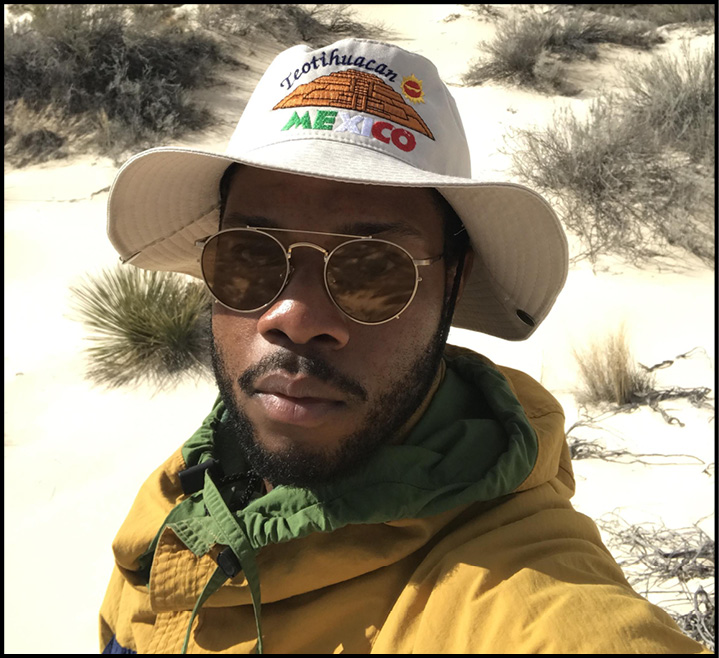


24 Beats Per Second Means Music Films For All
Explore the sounds, culture, and influence of music and musicians at the SXSW Film Festival. The 24 Beats Per Second screening category includes documentaries showcasing diverse musical styles and figures, such as electronic music pioneer Suzanne Ciani, Rene Perez (AKA Residente), Big Star, the Avett Brothers, and a lot more. Visit the schedule for the latest details.
If you’re a SXSW Music or Interactive badgeholder, you have secondary access to all film screenings, including 24 Beats Per Second films. Film badgeholders also get secondary access to Music showcases and conference events. Find out more about access.
Red Velvet, photo courtesy of SM Entertainment
Residente
Fat Tony, photo by Anthony Obi
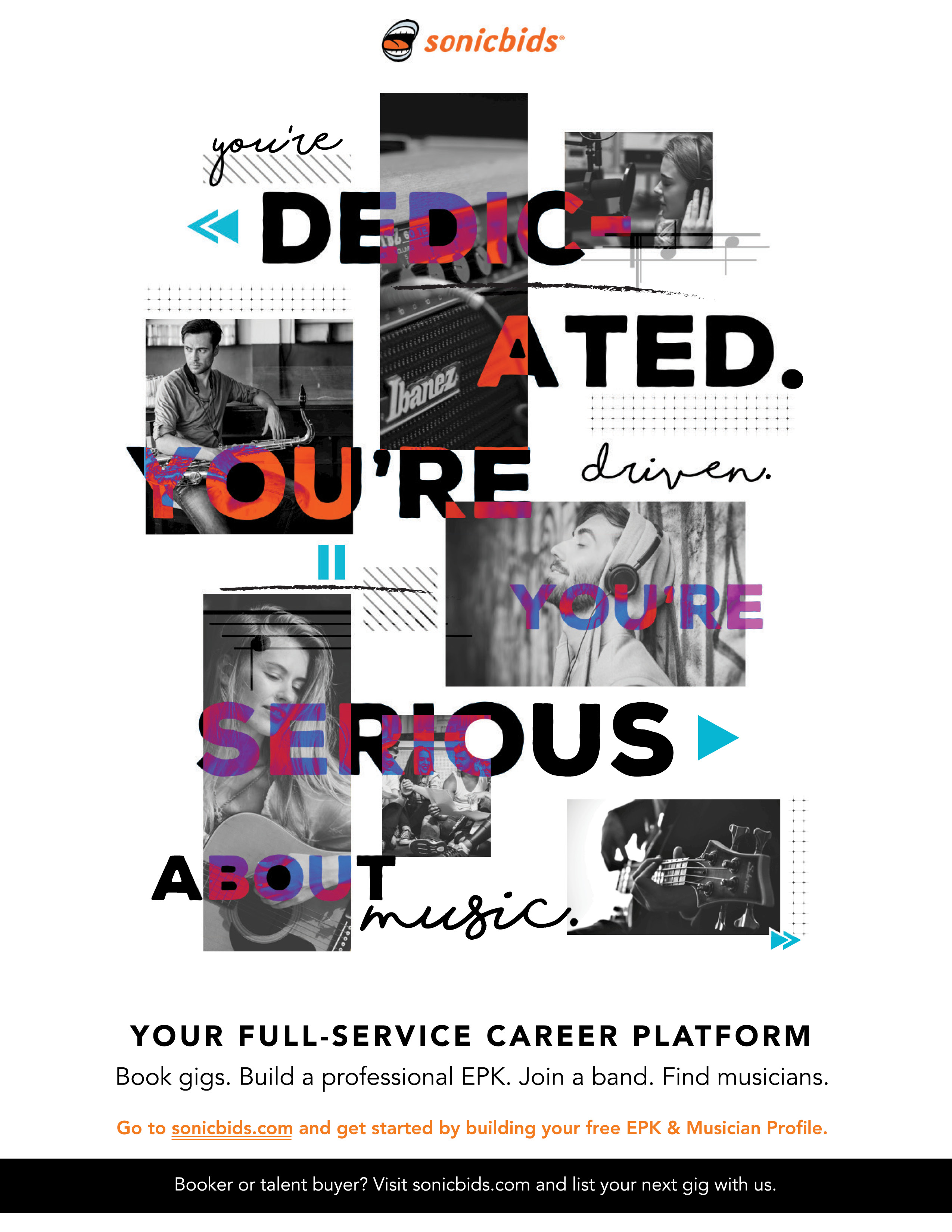
Prince Rogers Nelson’s presence looms large over the musical landscape of the last half-century, and his death in April 2016 left a gaping hole almost as big. We know the résumé and list of accolades he earned during his career: More than 100 million records sold. Seven Grammy Awards. 2004 Rock & Roll Hall of Fame inductee. SPIN magazine’s “Greatest Frontman of All Time.” Prince also ventured into movies, including his starring role in the iconic Purple Rain, which garnered a Golden Globe nomination and won an Oscar in 1985.
We normally see the arc of talent play out in public … The rising star ascends to the lofty heights of fame, then fades into the distance. But while the sex, drugs, and rock & roll cliché is almost expected of our musical giants, Prince was never one to play by the rules. He stayed active and relevant right up until his sudden passing, and though his romantic status and exploits are the stuff of legend and were a big part of his early career, they pale in comparison to the expansive range of artists and styles colored by Prince’s enormous musical legacy.
Like Stevie Wonder before him, Prince was a wunderkind who seemingly played every instrument and wrote songs that spoke to so many facets of our human identity. Sophisticated sexual themes shared album space with religious underpinnings and worries of an impending apocalypse resulting from nuclear war. Prince also bared his inner turmoil and openly displayed his gratitude for his fans.
Meanwhile, the rhythms and styling were lush with pop sensibility, layered with funk and infused with rock & roll. It was pop music that people could own, internalize and fit to their anonymous lives. It was music that brought strangers together in a mutual connection. Where Michael Jackson was an overwhelming pop supernova, Prince was a slow burning flame whose impression deepened the longer it flickered in the minds of his consumers.
Yet, his influence ran deeper. “1999” actually preceded Jackson’s “Billie Jean” as one of the first videos by a black artist on MTV. “Little Red Corvette” followed, providing some more much-needed colorization to the previously lily-white network. The sexy lyricism of “Darling Nikki” is noted as one of inciting causes that eventually led to the Parental Advisory stickers that are now commonplace on retail albums (and that influenced the video game rating system, too). The list of artists who have covered or referenced Prince’s songs run the gamut of music genres including the Foo Fighters, Cee-lo Green, Goo Goo Dolls, Kansas City indie rap giant Tech N9ne, Nicki Minaj and the irrepressible Tupac Shakur, among others.
Dez Dickerson, guitarist for Prince’s Revolution band from 1979 until 1983, is remembered especially for his backing and for tearing up the guitar solo on “Little Red Corvette.” Dickerson had been a frontman for his own band for almost a decade when he took his guitar and joined Prince on his journey for a while. Dickerson explained that on the road with Prince, there were no drugs, little alcohol and even less debauchery. Music was the lifestyle and according to Dickerson, Prince expressed this belief through his “ever-present desire to play music.”
Competition also played a huge role in driving Prince’s ambition to be the best. “From the beginning, it was ‘If you don’t know now, you know,’ and we were convinced,” remembers Dickerson. “We were completely and fully persuaded … not that we were going to be the best ever, but that we were the best ever, and people just didn’t know it yet!”
The Minnesota musical ecosystem of Jam & Lewis, Morris Day and the Time, Jesse Johnson, Dez Dickerson and others flows as a mighty tributary from Prince’s source, but so many from elsewhere have also benefitted from his pen or his musicality. Sheila E, Vanity 6, Apollonia, Sheena Easton, Sinéad O’Connor, The Bangles, Cyndi Lauper, Chaka Khan, Madonna, and Tevin Campbell are just a few acts to have benefitted from the Purple One’s musical largesse. The eras that featured albums, tours and legendary Prince performances span five decades, stretching his DNA even further into the world of music.
All of these things may qualify Prince for pop culture deification, but what really speaks to the pervasiveness of Prince rests with his fans, and the very real connections developed through the years. There are so many stories of pop-up shows where Prince showed up to jam unannounced. There were also so many times where his very presence at an awards show fueled a news cycle or served as fodder for Internet memes where his subtle, yet hyper-stylized presence spoke volumes without him even speaking a single word.
And that is where you really see the legacy of Prince. He brought groups together, and he disbanded them to do something totally different. He lent his mind, hands and voice to the projects of others, all in the name of playing the music. Many pop stars live for fame with the adulation and the notoriety, often fueled by ego and largesse. But for Prince, music was the lifestyle, and for both his fans and the landscape of modern pop culture, his music served as primal deliverance from the mundane.
Dez Dickerson will participate in the “Birth of a Purple Nation” session happening tomorrow (Friday, March 17) at 3:30pm in Room 16AB at the Austin Convention Center. “Tribute to a Friend - Celebrating Prince”, with Wyclef Jean and members of the Revolution is tomorrow at the SXSW Outdoor Stage at Lady Bird Lake (Riverside Dr & S 1st St).
Laughing in the Purple Rain ...
Remembering Prince
By Odeisel
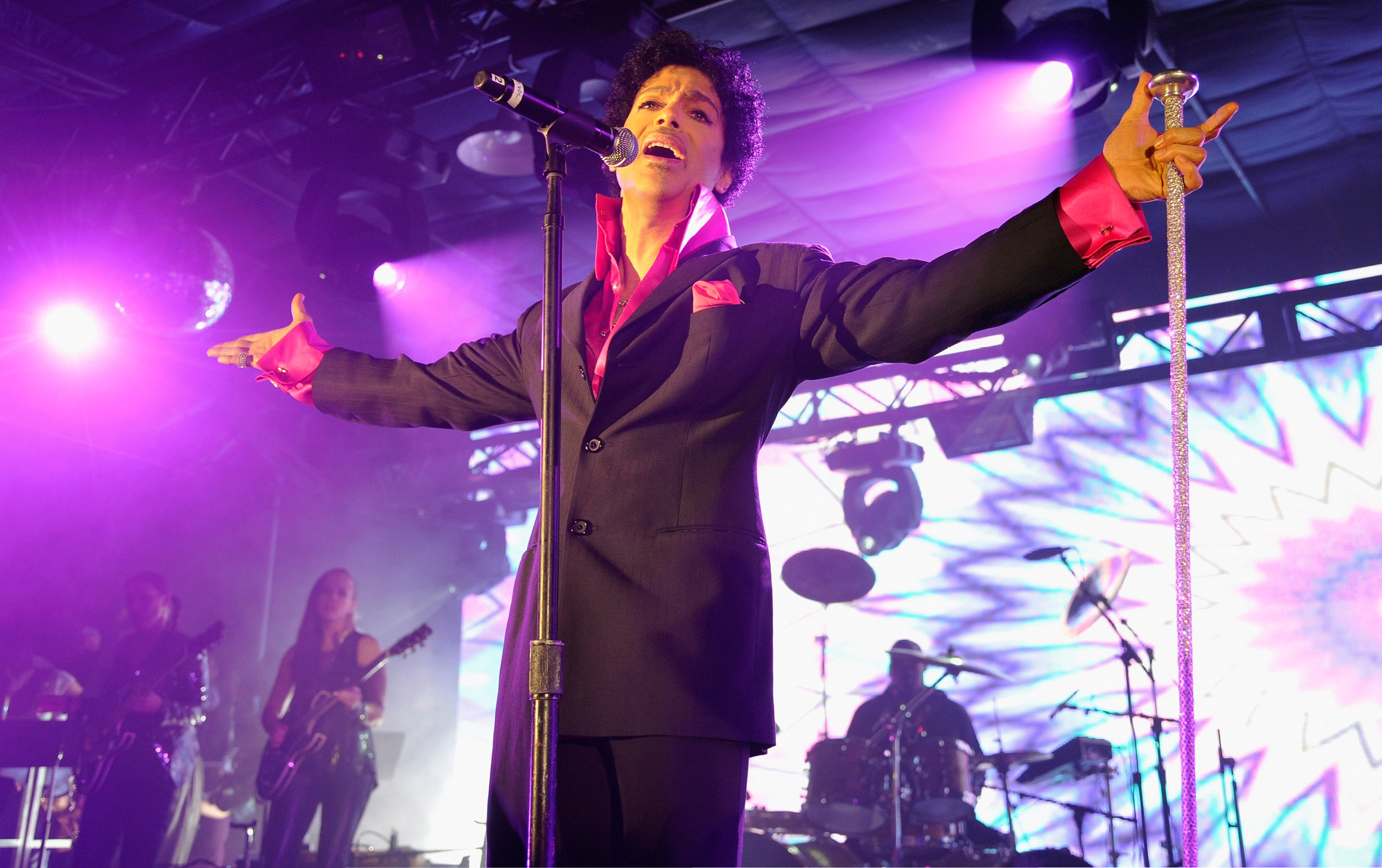
Prince at SXSW 2013, photo by John Sciulli/Getty Images
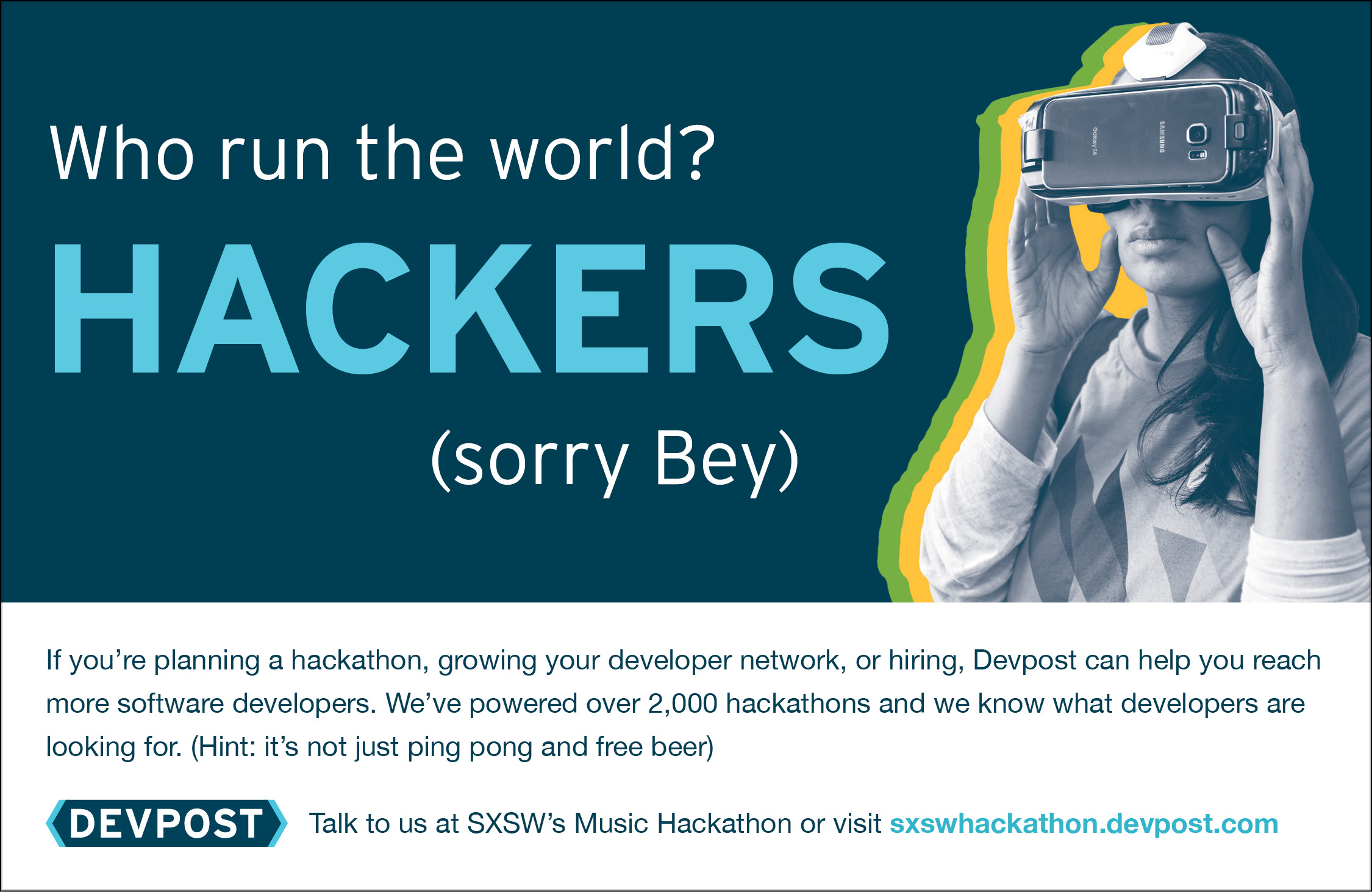

Thursday, March 16th–Saturday, March 18th
Austin Convention Center
500 E Cesar Chavez St
Free and open to the public with a guest pass



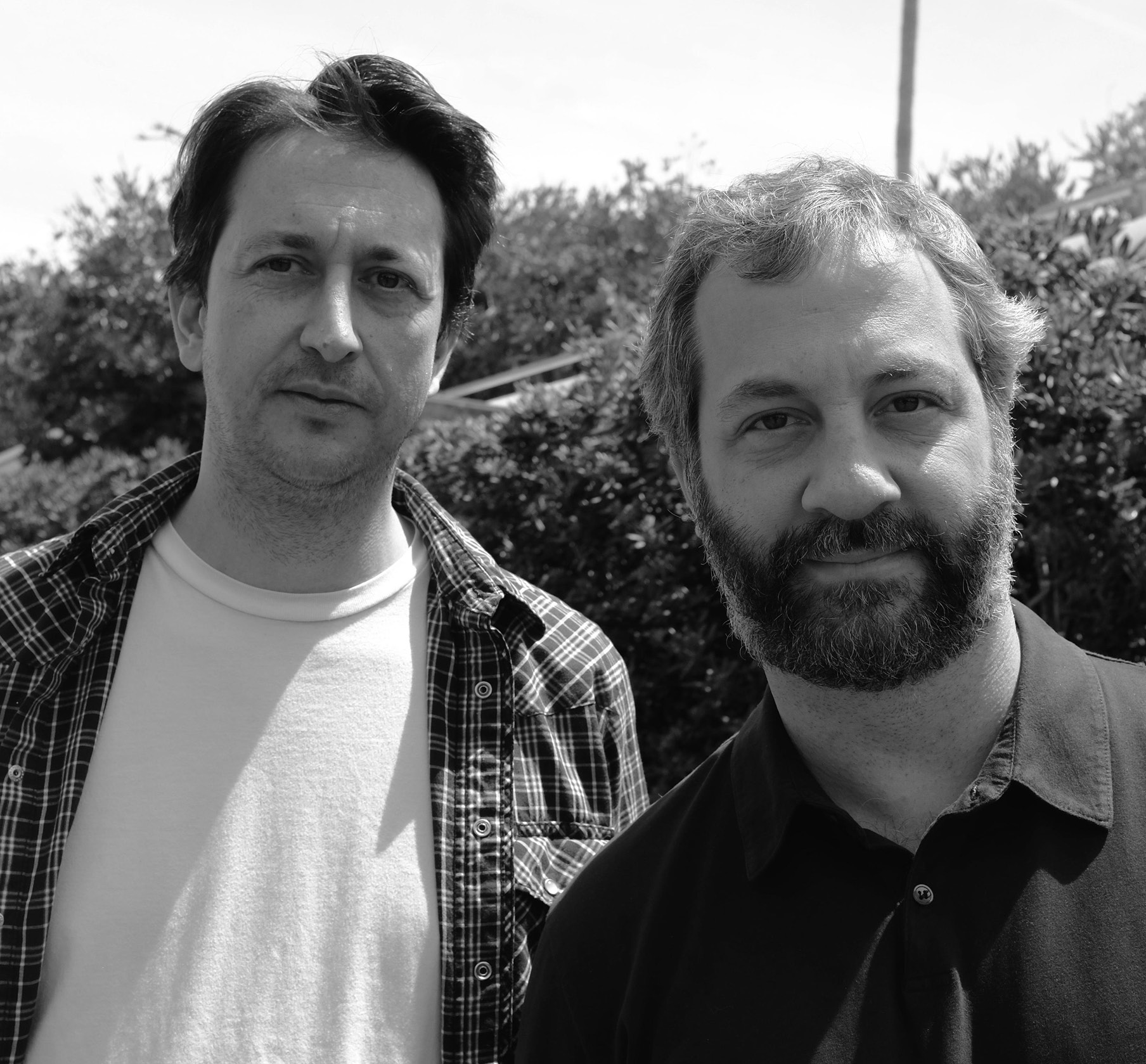
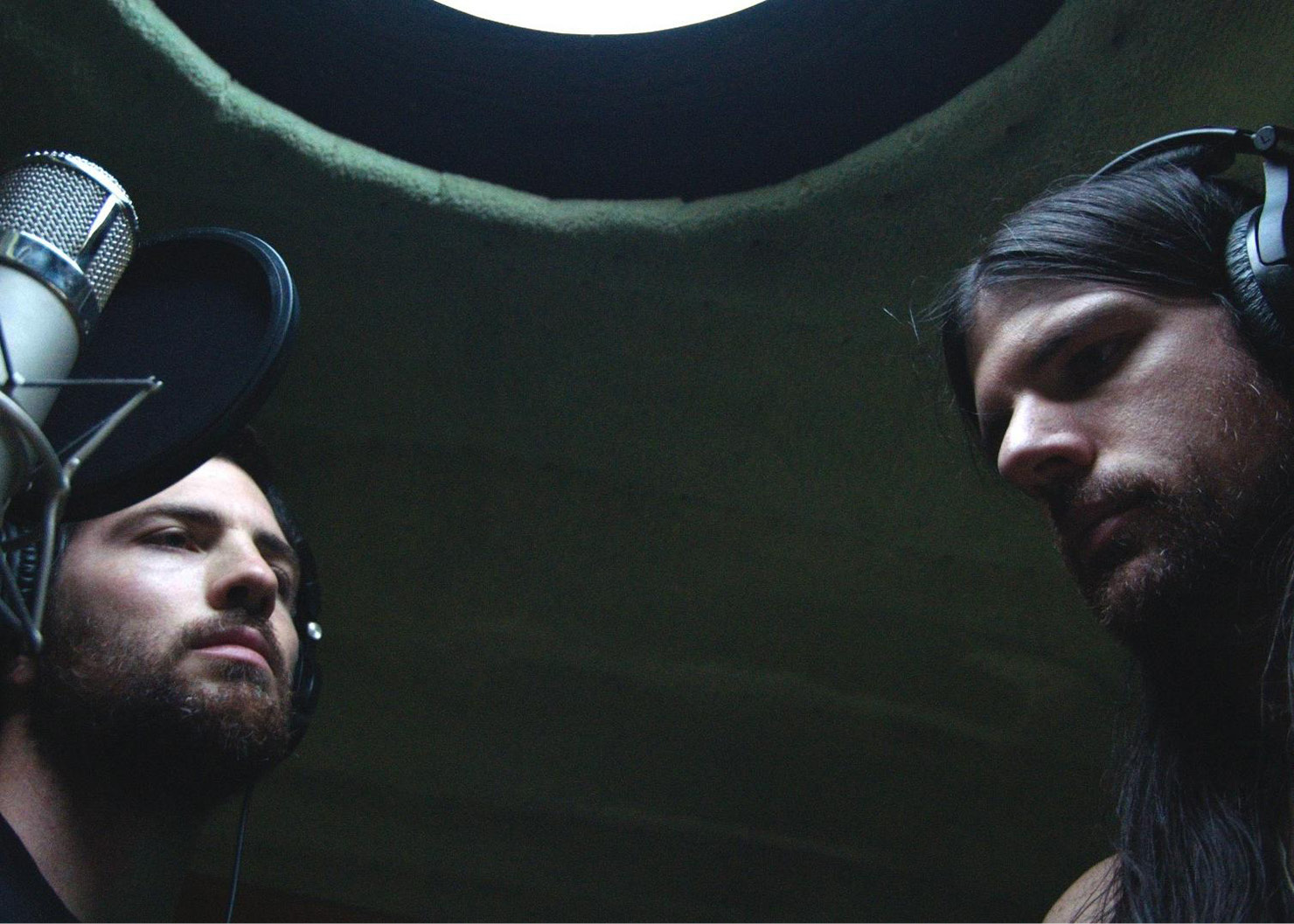
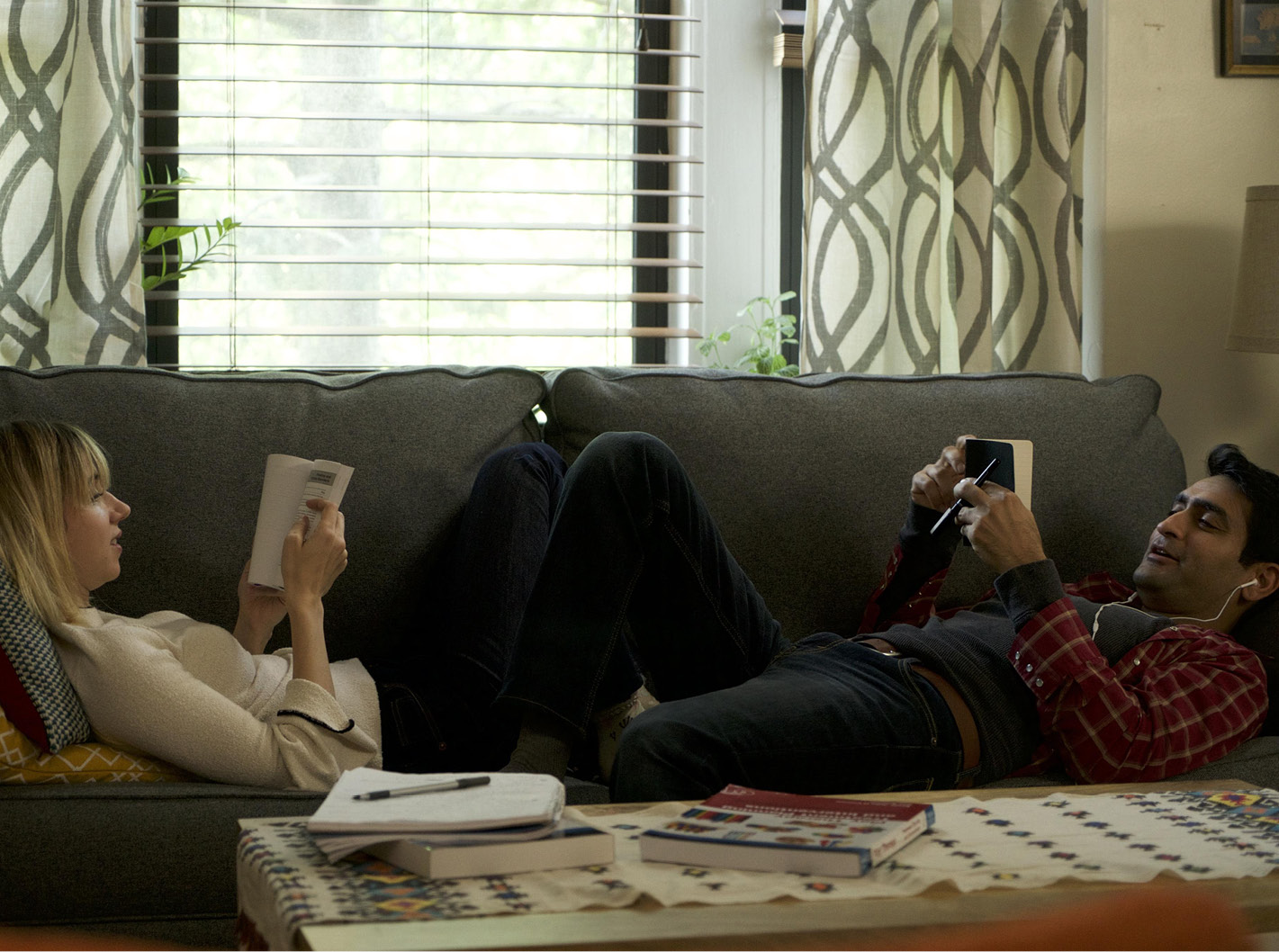
Making Lasting Connections with Apatow and the Avetts
By David Menconi
Some say that South by Southwest’s growth over the years has made it hard to do the sort of networking that can launch projects that show up on stages and screens. But director Judd Apatow—who is in Austin showing two films this year, the romantic comedy The Big Sick and the music documentary May It Last—can tell you that those key connections still happen.
In 2012, Apatow came to SXSW to premiere the HBO series Girls (which he executive produced) and appeared on comedian Pete Holmes’ “You Made It Weird” podcast alongside Kumail Nanjiani and Chris Gethard. And in the years since that one meeting, Apatow has gone on to do projects with all of them.
“They were all just fantastic,” Apatow recalls. “After we did the podcast, Kumail pitched me on this idea related to his wife Emily and their relationship. That turned into The Big Sick. We’ve also got Pete Holmes’ Crashing (TV series) coming up on HBO, and we’re shooting Chris Gethard’s one-man show, Career Suicide, for HBO.
“So yeah,” he concludes with a laugh, “it was the most successful podcast of all time.”
Directed by Michael Showalter and co-produced by Apatow, The Big Sick premiered to acclaim at this year’s Sundance Film Festival, where it was acquired by Amazon for release this summer. In acknowledgement of where the whole thing got started, the film will also show at SXSW.
May It Last, which Apatow co-directed with Michael Bonfiglio, is a documentary about the North Carolina folk-rock group Avett Brothers, and a seeming departure for a filmmaker best-known for bawdy romantic comedies like Bridesmaids and Knocked Up. But in another example of the power of casual networking, the project grew out of a 2013 backstage conversation at an Avett Brothers concert between Apatow and their producer, Rick Rubin.
A major fan, Apatow had already used the Avetts’ song “Live and Die” as end-credits music for his 2012 comedy This Is 40. When he mentioned that he’d love to do a film project with the band, Rubin suggested that Apatow film recording sessions that were about to start for the Avetts’ 2016 album True Sadness. Apatow enlisted Bonfiglio (with whom he made the ESPN 30 for 30 documentary Doc & Darryl) as co-director, and in early 2014, they began what turned into two-and-a-half years of filming.
While the genesis of True Sadness provided the framework, May It Last is hardly a conventional making-of-an-album documentary, and it covers a particularly momentous stretch for the band’s members. Over the course of filming, both Scott and Seth Avett had children; cellist Joe Kwon got married; bassist Bob Crawford’s family was still dealing with his young daughter’s malignant brain tumor; and the Avett Brothers had their first-ever gold record.
“It was a true labor of love, and we were fortunate to be able to spend so much time on it,” says Bonfiglio. “It became kind of a meditation on the passage of time and how life unfolds. The making-of-an-album part was the bones of it, but what’s more interesting is the people and their lives and how they interact, and how that relates to all of us.”
The filmmakers had total access, to the point that the only thing they weren’t allowed to film was a private conversation about band finances. The result is an intimate portrait that captures many unguarded moments. The usually reserved Seth Avett is shown talking with surprising openness about his divorce (the subject of the True Sadness song “Divorce Separation Blues”). And in a remarkable sequence toward the end, Scott Avett grows almost angry while agonizing about the dark side of the creativity-versus-commerce dilemma.
“Ever since Seth and I started recording, there always comes a moment when I’m completely fatigued, and I’ve just had it,” Scott Avett says. “At those moments, I am extremely vulnerable about anything that feels like a jab at my creative integrity. On a balanced, healthy day, I embrace the need for both art and commerce. But there are other moments that just peel everything down to where I’m completely vulnerable and all is revealed. At first, I had hoped that scene would not be in there. And when I saw it the first time, I kind of wanted to apologize because I looked so grumpy and taken down and defeated. But at the end, I get it. That had to be in there.”
Both Apatow and Bonfiglio point to the rapport between Scott and Seth Avett—blood brothers and artistic partners who actually get along, in contrast to the rock-band cliché of warring-sibling bandmates—as the center of May It Last. From outside, the dynamic seems almost too good to be true. But it’s sincere, and as real as the friendships that The Big Sick and other Apatow projects seem to grow out of.
“I feel like the world is a very cynical place filled with snark, so I appreciate the Avetts’ sincerity and humanity,” Apatow says. “They write about a lot of ideas I care about—people attempting to get through this complicated life and make connections, find love, make love work. They’re about being human, and everything that entails. They have some funny songs, too, but I generally appreciate their directness. A lot of my work is about using humor to find a side way into expressing something. So I like how clear and open they can be.”
Judd Apatow and
Michael Bonfiglio,
photo by Michael
Richard Martin
May It Last, photo by Jonathan Furmanski
The Big Sick, photo by Nicole Rivelli
“They write about a lot of ideas I care about—people attempting to get through this complicated life and make connections … ”
The Big Sick screens today (Thursday, March 16) at the Paramount Theatre (713 Congress Ave) at 3:15pm, and on Friday, March 17 at ZACH Theatre (1510 Toomey Rd) at 11:30am. May It Last screens on Friday at ZACH Theatre at 3pm. Check the schedule or the SXSW GO app for the latest updates.

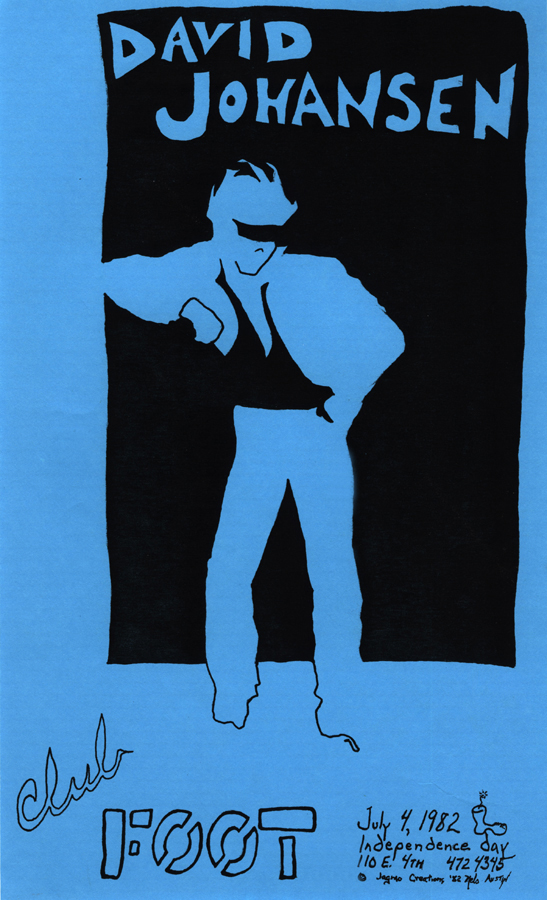
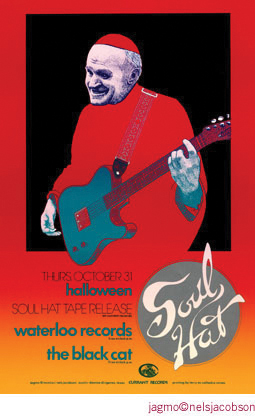
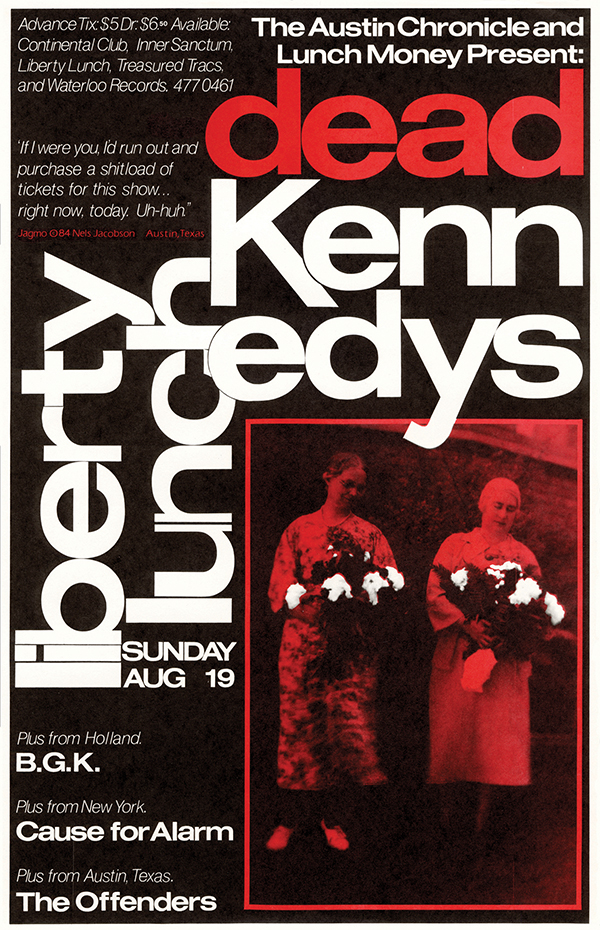
In a 1978 poster for an Austin Opry House show by the acclaimed Danny Garrett, rising star Warren Zevon glares at passersby in an ostentatious mix of art, music, imagination and fear. Though a werewolf and a headless gunner lurk at Zevon’s back, a sinister pair of eyeballs, hovering in the gloomy clouds above, chills even closer to the bone.
Across town, around the same time, a gnarly black-and-white image captures Chris Wing, lead singer for punk raconteurs Sharon Tate’s Baby, wailing to the world against a dot matrix background, proclaiming just another Monday night at Raul’s.
These were signs of the times. In fact, a walk through downtown Austin during the 1970s and ’80s often revealed dozens of signs of the times. A rock & roll lineage created in posters and flyers—by everyone from acclaimed artists like Jim Franklin and Michael Priest to bandmates publicizing their first gig—lined telephone poles, streetlights and virtually any other mid-town public façade.
Into this realm fell Jagmo, aka Nels Jacobson, a master of Austin’s second generation in poster art, whose career has traversed an idiosyncratic path: from smack-dab in the middle of Austin’s vibrant music/poster scene, to imagistic MVP for SXSW in its early days, and then on to lawyer, historian and co-founder of the American Poster Institute.
A native Chicagoan intrigued by music and image, Jacobson found himself employed as promotions manager at Club Foot, one of Austin’s liveliest venues, in 1982. Soon enough, he was providing poster imagery, catering to local post-punk, up-and-coming and down-and-out rock stars, and everything in between.
“My approach was pretty minimal most of the time,” explains Jacobson, marking his delineation from the psychedelic styles of Austin’s hippie days. “I didn’t have the skills yet. I was essentially self-taught, and I would just look to all the other posters done by these really talented guys [Garrett among them], and use that for inspiration.”
Steve Forbert’s Labor Day 1982 concert poster is exemplary. Leading with a sharp, black image of the artist contrasting with a blank music bar, it had lots of off-white space and spare lettering: “In the early stages, I liked stuff that was simple and bold because I thought it worked. Philosophically, I liked it as a design approach.”
Jacobson’s eye-catching juxtapositions—light/dark, colors/angles, image/information—spoke eloquently of the times, often evoking a stark feel that matched the moods of stripped-down music. His David Johansen poster, among dozens featured at his jagmo.com website, is an image/absence-of-image collision representing a sharp break in the way rock posters might be crafted.
“The ultimate style of a particular poster, or the imagery used, may echo the kind of music played by the band, the visual look of the group or the era it’s most associated with,” Jacobson explains. “Or it may take its cue from the type of venue … or from the prevailing mood of the day.”
By the mid-1980s, Jacobson was integrating new elements (he would later incorporate psychedelia as well), including atypical imagery and a cogent style of surrealism that complemented the music in often-provocative ways.
A Dead Kennedys poster, circa 1984 Liberty Lunch, remains a poignant, unforgettable work. A representation not of the band’s raucous, provocateur brand of punk rock, Jacobson instead played off their choice of name. His spooky, shadowy photo in the lower-right corner, echoing the colors in the lettering, is unsettling to this day.
“The photo always struck me as these two elderly ladies, and they’re holding flowers, and one of them is my [actual] grandmother,” Jacobson reveals. “Often you just want kind of an arresting or haunting image. You want something that when people look at it, it’s intriguing, moves them a little bit. Sometimes, just a simple image can do that. And in the case of the Dead Kennedys, I was thinking of death.”
Jacobson’s career path then began to swerve in hardly predictable ways. “In late 1986, I think it was Roland [Swenson] who asked me to come up with a design for the new music festival he …[was] planning called the ‘South by Southwest Music and Media Conference.’ At the time, I favored simple and bold imagery and made the centerpiece of the design a blocky arrow pointing southwest. To reflect the ‘Music and Media’ portion of the name, I added a microphone trailing a mic cord.”
An eloquent writer, poster scholar and collector, Jacobson soon took a step rarely contemplated by his peers: “I went away to law school in ’92. At one point I started to think, ‘well, jeez, how do I protect my stuff, copyright-wise, how does that work?’ And I asked some of the other artists I looked up to …[Guy] Juke, Priest, Garrett. Nobody seemed to have a clear idea about the legal aspects.”
In that spirit, Jacobson helped launch the CLE (Continuing Legal Education) program at SXSW in 1998, designed for attorneys, among others, to discuss legal perspectives on industry trends. By 2003, everything Jagmo—art, history, legal, music, copyright, networking, collecting, selling—seemed to intersect when he sponsored the SXSW debut of Flatstock, a mind-blowing exhibition of poster art.
“Flatstock just became a monster,” he enthuses, relishing the event’s capacity to both champion poster-art history and latch onto the here-and-now. “Now, I think there is still a wealth of really brilliant and inspired work being created. The difference is that there are so many more poster artists, graphic artists and designers, who are getting their work out in front of the public, and which can be seen around the world instantaneously.”
Flatstock 53 and the CLE program both begin today (Thursday, March 16) and continue through Saturday (March 18). More details at flatstock and cle.
LEGAL PANELS CELEBRATE 20 YEARS AT SXSW
Now in their 20th year, the Continuing Legal Education (CLE) panels at SXSW have become a tradition of professional education at which all are welcome. What started out as a one-day event of exclusively music topics with about 40-50 attendees has grown to include hundreds of lawyers and non-lawyers alike attending panels on interactive, film and music subjects. This year’s program consists of 12 sessions and runs from today (Thursday, March 16) through Saturday (March 18) in Room 9BC at the Austin Convention Center. Today will focus on interactive and film topics, with music content scheduled for tomorrow and Saturday.
The SXSW CLE evolved out of a conversation between SXSW Executive Director Mike Shea and intellectual property lawyer/rock poster artist Nels Jacobson. Shea, Jacobson, and the founders of SXSW saw the CLE program as a way to educate lawyers in music law and the music business alongside of the panels intended for artists, managers, agents and music entrepreneurs.
In 2007, Jacobson invited Minneapolis-based entertainment lawyer, and regular SXSW CLE speaker, Ken Abdo to assist in presenting the program. Jacobson and Abdo have been Co-Chairs of SXSW CLE ever since. The program is sponsored by Fox Rothschild where Abdo is now a senior partner. Jacobson handles many of the CLE program’s administrative responsibilities while he and Abdo collaborate to design topics and select speakers.
The topics and speakers have changed over the years together with the entertainment business, going from the basic review of traditional music industry transactions and court decisions to sophisticated analysis of issues concerning mixed digital media, governmental policy and progressive trends in law and business. “Technology and the digital reality have merged panel content with overlapping information. One cannot study any of these entertainment areas in separate lanes,” explains Abdo.
“We strive to make the panels smart, timely and based in reality,” says Jacobson. “This is what is attractive to lawyers and non-lawyers alike ... real information and not just opinion and editorializing.”
See the full CLE schedule.
Jagmo © 1982 Nels Jacobson

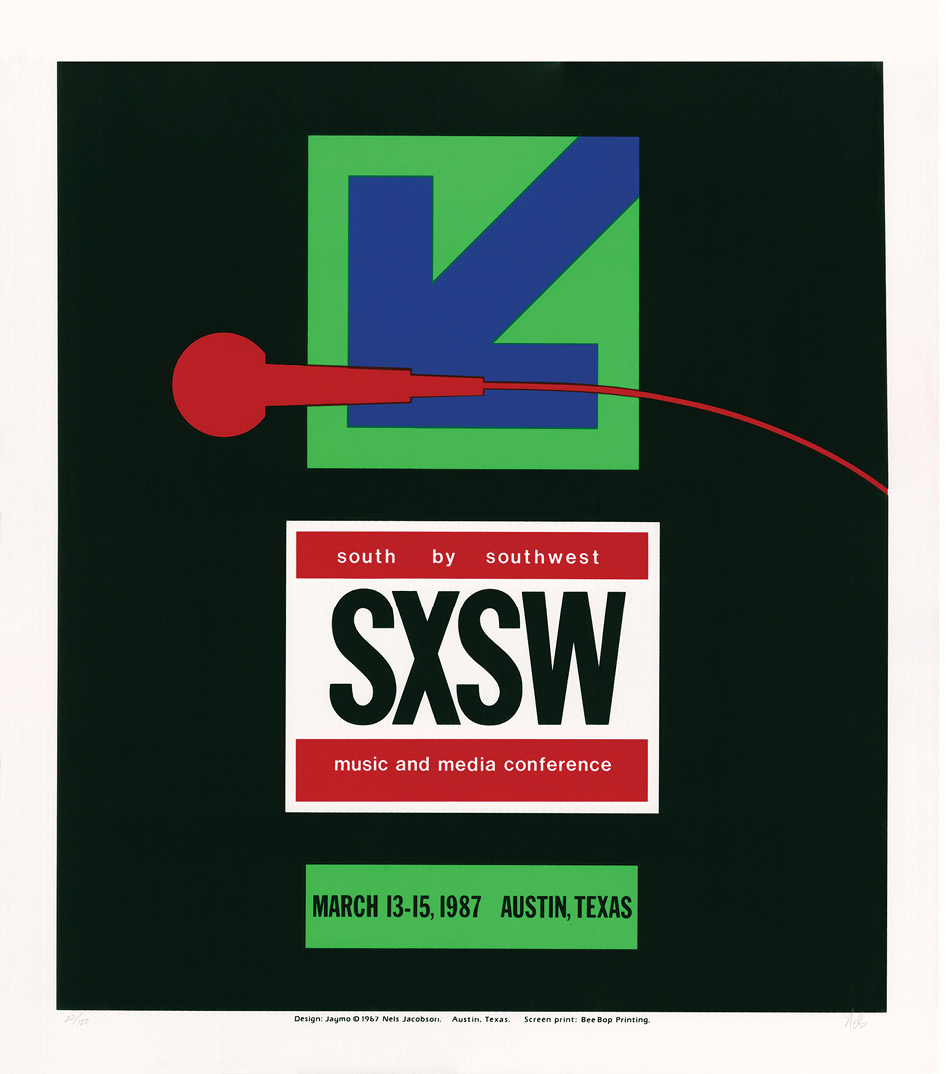
Jagmo © 1987 Nels Jacobson
Jagmo © 1981 Nels Jacobson
Putting images to music
The Poster Design
of Nels Jacobson
By Luke Torn

Jonke admits to feeling stressed about the sacrifices that motherhood could entail. “The reality is that once you leave the business, it is virtually impossible to get back in,” she says. “Here in the U.S., there is no real [government] support, and day care is extremely expensive. People have to make hard choices, and it is still usually women that quit.”
So, what can be done to combat this so-called “motherhood gap”? Innovations are happening, but they are still relatively piecemeal. There are reports of forward-thinking companies promoting flexible working—Soundcloud, for example, has introduced breastfeeding rooms in their offices. But, unlike the tech sector which is young and nimble, the music industry’s structures are enforced by aging male executives who often resist change.
In the meantime, women need more positive role models. There’s no denying the importance of industry pioneers such as Jody Gerson, the CEO of Universal Music Publishing Group, and Julie Greenwald, Atlantic Chair and COO, but these are intimidating figures at the zenith of their careers. Regular access to female mentors is needed to help foster a sense of community instead of competition. Long says that’s the most valuable advice she can offer: “Find someone you can latch onto who has around 15 years experience and get in touch. Meet up with them for coffee. You don’t have to do this on your own.”
Change is coming, says Long, who believes that the talk about equality could finally become a reality. But women need to be taken seriously at all levels of the industry—rising A&R stars such as Jonke and 4AD’s Jane Abernathy (who signed Grimes and tUnE-yArDs) should be championed. Equality also has to extend to the studio and live environment, and the derogatory image of women as groupies who just want to meet bands should be banished. If women feel respected in these environments, they are more likely to pursue careers such as A&R and production that have traditionally been the preserve of, what Jonke calls, “old guard label dudes.”
All too often, women are happy to use their contacts to lay the groundwork for the A&R reps without seeking recognition. “There is a network of women there who do a lot of the work but just don’t get the final credit,” says Long. “I’ve been involved with a few [artists] over the years, but my name won’t be in the history books because I didn’t have the title. Perhaps that is something women need to do differently—we need to write ourselves into the deal like men do. If you don’t ask, you don’t get.”
The “Women in A&R: Navigating the Stereotypes” session will be held on Friday, March 17 at 12:30pm and is part of the Music Industry progrmaming track. See schedule for more information on SXSW Music Conference sessions.
Does the music industry still have a problem with misogyny? Anyone tuning into this year’s Grammy Awards could be forgiven for thinking the answer was “no.” The night seemed to belong to the sisterhood, with Adele pledging her love for Beyoncé and breaking her award in two in a bid to share it with her idol. Not to be outdone, a pregnant Queen Bey stalked the stage in golden goddess mode, her baby bump clearly on display. But behind the scenes, it’s a different story.
The problem is particularly pronounced in fiercely competitive parts of the business, such as A&R, where women are underrepresented. Take the Billboard Power 100 for example—in 2016, of the 142 industry figures listed, only 13 were women. In Britain, a recent survey by UK Music found that women occupy only 30% of senior executive roles, despite making up more than half of entry-level positions.
The stereotypes that persist about the qualities required to be a successful A&R executive reveal the root of the problem. The job comes with the huge responsibility of nurturing new artists, and the promise of even greater financial rewards if those artists score a hit. Traditionally, women have fallen into the trap of thinking they need to exhibit macho behaviour to succeed. “If you’re fighting for an artist or a song, you need to be almost overly confident about it so that people will listen,” says Molly Jonke, Atlas Publishing’s director of A&R. “You need be aggressive, otherwise you won’t last in this industry.”
Paulette Long, who has worked in the music industry for 30 years and co-chaired the UK Music taskforce, says that in her experience, nine times out of 10 the A&R people she works with are men. She has only ever met three black or Asian women doing that job. “It was men who originally set up the labels and publishing companies. A culture was born where bosses could employ people just like themselves and it continues today,” she observes. “It’s about who they like, who they know, and who they trust to get the job done.”
The challenge of how to juggle having children with a career is an issue many modern women wrestle with, but it is more pronounced in a profession where your evenings are spent at gigs or socialising with bands. The UK Music report—which surveyed 3,000 individuals working in music—highlighted the drop-off that occurs once women reach prime childbearing age. From comprising 54.5% of the workforce when aged 25 to 34, women only make up 33% between the ages of 45 and 64. The divide is especially stark between 35 and 44, with a drop-off of 309 women compared with just 80 men.

Molly Jonke
Meet the Women Breaking A&R’s Glass Ceiling
By Serena Kutchinsky
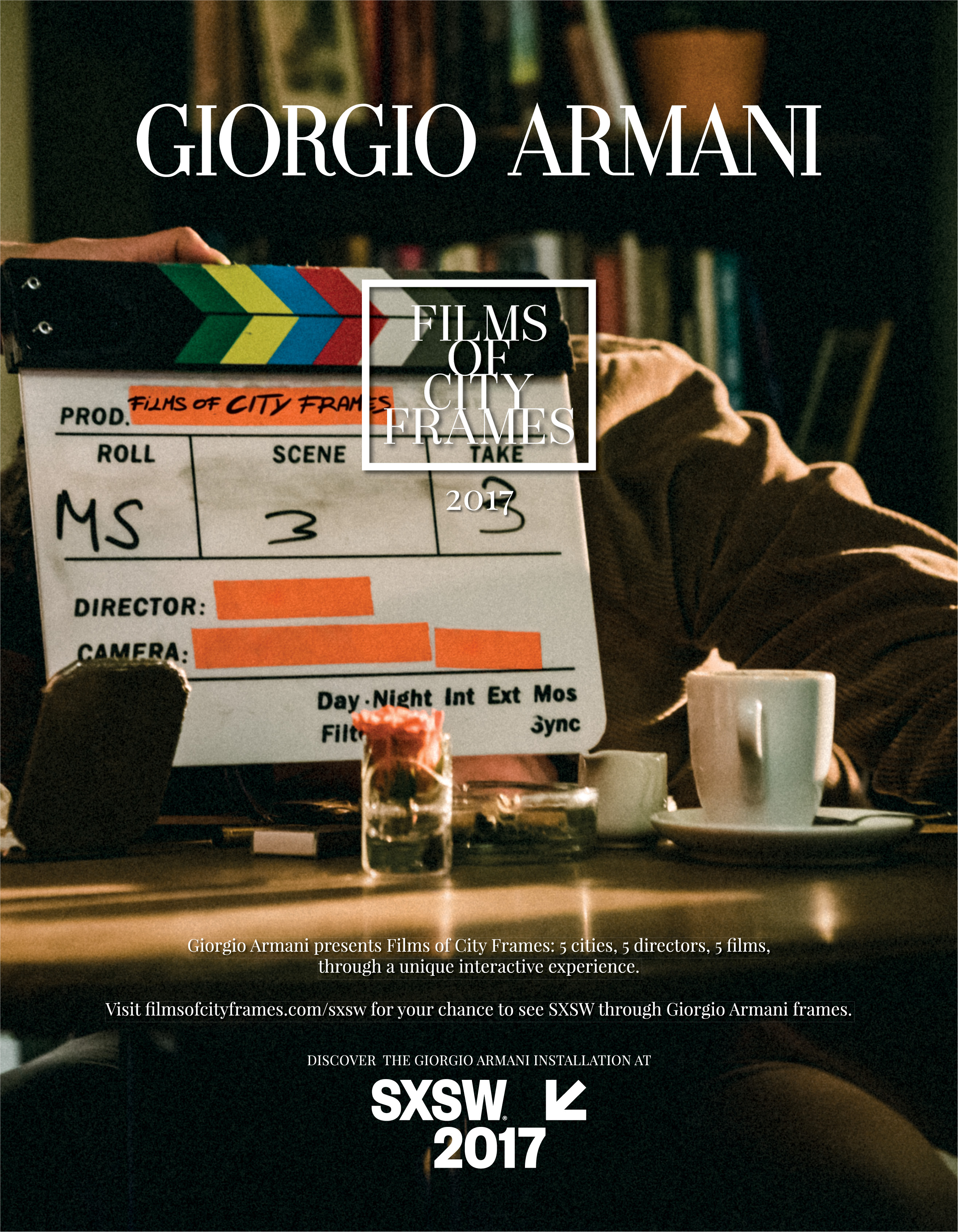

New Film Studies Barbecue’s Global Language
By Daniel Vaughn
best barbecue in town. Sound familiar? It was that belief, and the willingness of barbecue cooks everywhere to share it online, which provided most of location leads.
“We had no plans to go to Armenia,” Salleh admits, but a barbecue video on Reddit turned into an invitation to stay with an Armenian family and document khorovats. This scene in the film opens with a young man, hair dryer in hand, summoning fire from a pile of charcoal. One of the hosts, Armen Mheryan, without a hint of sarcasm explains that Armenians are superior pitmasters because, “The Armenian soul is fire and flames.”
The last minute side trip to Armenia was a joy to the filmmakers, but there were plenty of challenges elsewhere. Salleh recalls the moment of fear and frustration after they drove for hours through the plains of Mongolia to reach the home of their nomadic hosts, “We got there and it was just an empty field.” They found another family who told them to look 20 miles down the river. The hosts had simply moved.
While women milked yaks, the men hunted native marmots, which are about the size of a groundhog. Their preparation is one of the most unexpected in the film, involving hot rocks and blowtorches and resulting in what they call boodog. It was only during later research that Salleh learned that “the marmots of that area are natural carriers of the bubonic plague.”
The boodog scene is a reminder of how much variety there is in the barbecue world, but for Texans, Barbecue covers some familiar turf. The hallowed ground of Smitty’s in Lockhart and Louie Mueller Barbecue in Taylor are featured, as well as a few joints outside of Central Texas that don’t get enough recognition given their longevity, namely Patillo’s in Beaumont and Prine’s in Wichita Falls, which opened in 1912 and 1925 respectively.
For a how-to film on barbecue, you’ll need to look elsewhere, but that doesn’t mean it’s not educational. As Texas Monthly’s barbecue editor, I make a living writing about barbecue, reading and watching everything I can find about the subject, but nothing in recent memory has taught me more and renewed my thirst for true barbecue exploration than Barbecue.
Although the film highlights the differences between the barbecue cultures, it is, after all, an examination of how we all use barbecue for the shared goal of fellowship, no matter what is on the grill. Most importantly, Salleh reminds us that barbecue should be celebrated because the practice itself is a celebration: “When something good has happened, people put meat over a fire.”
Barbecue screens on Saturday, March 18 at 2pm, at the Stateside Theatre (719 Congress Ave). See the schedule for details.
Barbecue, photo by Matthew Salleh
America is in the midst of full-on barbecue worship. Of late, that same fascination has also spread across the globe, and all those brisket photos from Paris or Tel Aviv or Singapore look a lot like Texas barbecue.
But don’t think that barbecue is just a recent global phenomenon. There is a vast array of long-practiced barbecue traditions from Armenia to New Zealand, but not everybody has an American-sized megaphone to tell their culture’s grilled meat story. Thankfully, filmmakers Matthew Salleh and Rose Tucker traveled the equivalent of three times around the globe to capture the diverse cultures of 12 countries in their new film, Barbecue.
In it, a series of vignettes document everything from goat barbacoa in Mexico that’s cooked overnight underground in a brick-lined pit, to Japanese izakaya, a flurry of skewered meats over blazing charcoal, cooked with a rapidity that matches the bustle of Tokyo. The preceding scene in a rural Japanese forest juxtaposes the time-intensive process of making the binchotan charcoal (which roasts in a kiln for a month) that burns so brightly and swiftly on the izakaya grill.
As the film jumps from country to country, each segment is narrated only by the cooks involved, with no outside experts or really much context at all. Barbecues are presented as gatherings that foster community, with fire as fuel for both cooking and storytelling.
“Rule #1 about this film is that it’s about barbecue, and rule #2 is that it’s not about barbecue,” Salleh says. As he and Tucker traveled, they wanted to focus on the essence of barbecue besides the obvious sustenance it provides. In Sweden, disposable aluminum grills called engangsgrill are purchased from grocery stores en masse at the first sight of spring. The food doesn’t get much more complicated than grilled sausages, but the barbecue is an excuse for friends to gather on the newly green grass and say goodbye to the long nights of winter. As one local puts it, “You have to fill up on sunlight, so you have the memory of it for the rest of the year.”
In the Za’atari refugee camp in Jordan, just across the border from Syria, it is barbecue that brings some joy to lives interrupted by war. One of the first businesses to open in the camp was Atef Muhammad Al Hariri’s shawarma restaurant with meat that had to be smuggled in. There were few resources, but Al Hariri found a shawarma chef, Ahmed Al Jabawy. If the refugees couldn’t have their normal lives, Allah willing, they’d at least have barbecue.
“Everyone in the world has the best barbecue,” Salleh laughs. A shack in South Africa no larger than a lawnmower shed has a sign that boasts “Number One Chicken Dust,” translated: the
From Past to Present:
Music & Protest Back in the Spotlight
By Claudia Alarcon
Puerto Rican rapper Residente, Mexico City’s ska outfit Panteón Rococó, and veteran SXSW faves, Ozomatli.
The show is presented by Voto Latino, a civic media organization seeking to empower Latinos and build a more inclusive democracy and whose board of directors includes Rosario Dawson and Wilmer Valderrama. “The idea behind this concert,” says Voto Latino COO Jessica Reeves, “is to bring attention to the multitude of issues faced by our community, especially our immigrant brothers and sisters. As immigrants and allies, we are challenged each day to stand strong in our ideals of compassion and unity. Voto Latino believes that music and culture are powerful avenues to do so.”
Residente (René Pérez Joglar) spent more than a decade as the voice of Calle 13, a duo whose music combined elements from reggaeton, hip-hop, salsa, rock, klezmer and Native American chants, with lyrics that offered sociopolitical commentary and solidarity with the underclass. After having his DNA tested, Residente decided to make music guided by the results, traveling the world to record collaborations with Tuareg guitarist Bombino, Chinese opera musicians, a Serbian brass band and Dagomba tribal singers in Ghana. Residente’s soon-to-be-released first solo album will open with Lin-Manuel Miranda, the creator of Hamilton, rapping in Spanish and English. It turns out, as Residente discovered, that Miranda and he are third cousins. A documentary of his journey, called Residente, world premiered at SXSW earlier this week.
Formed in 1995, with the Zapatista uprising as a backdrop that inspired members to take a political stand, Panteón Rococó is Mexico’s most emblematic ska-fusion group. The nine-piece band is known for an energetic sound that combines ska, punk, rock, reggae, mariachi and salsa, and famously raucous live performances. “Art is a limitless medium for expression,” says sax player Missael Oseguera. “For us, it is important to reflect our mood, experiences and opinion in our music, we need to be responsible because many people listen to us, so we can amplify our point of view and ideas that we share with the audience.”
According to Oseguera, the band is excited to participate “because every stage that we can step on is important. Each show brings different people, some possibly for their first Panteón performance and others who are returning as fans. This is why we started performing, to step on as many stages as possible and leave our footprints.”
The “All Latino Resist Concert” presented by Voto Latino, is today (Thursday, March 16) at the SXSW Outdoor Stage at Lady Bird Lake (Riverside Dr & S 1st St). Residente will screen today at 11am at ZACH Theatre (1510 Toomey Rd). The “Contrabanned: #MUSICUNITES @ SXSW” show featuring artists from the seven countries affected by the January travel ban, is tomorrow night at the Palm Door on Sixth Patio (508 E 6th St). See schedule for all details.
Politically-charged lyrics and social statements are nothing new in the music world. Protest songs have been part of the artistic landscape for generations, with notable examples ranging from Woody Guthrie to Bob Dylan, Joan Baez, The Clash and Rage Against the Machine.
In Latin America, the Nueva Canción Chilena (New Chilean Song) movement spawned Inti-Illimani, a group that used traditional South American rhythms in anthem-like songs that helped lift Salvador Allende and his left-leaning Unidad Popular party to the head of Chile’s government in 1970. Allende’s government fell on September 11, 1973, during a CIA-backed coup that led to Augusto Pinochet’s 17-year military dictatorship and the deaths and disappearances of thousands, including activist and folk singer Victor Jara. Inti-Illimani’s most notable composition, “El Pueblo Unido Jamás Será Vencido (The People United Will Never Be Defeated)—played for the first time in November 1973 during a show in Florence, Italy—has become a crowd-rising chant the world over.
In the political climate of today, and specifically in reaction to Donald Trump’s election, musicians are again raising their voices, using art as a platform to express discontent. 30 Days 30 Songs, an independent website showcasing anti-Trump songs from artists across the country, has promised to assemble a playlist of 1,000 songs “to combat apathy, entertain the citizenry, and provide a soundtrack to resistance, over the next four years.”
In October, during a three-day stand in Mexico City, including a free show at the Zócalo that attracted 300,000 fans, Roger Waters criticized president Enrique Peña Nieto, condemned the still-unresolved disappearance of 43 college students from Guerrero state, and projected images of Trump as a backdrop to a performance of Pink Floyd’s “Pigs.” Waters subsequently posted the video of the performance on Inauguration Day in January.
SXSW has often welcomed artists who voice their political and social discontent, many of them with Latino roots. Las Cafeteras, a Los Angeles-based multicultural ensemble, wowed audiences at SXSW 2013 with its mishmash of son jarocho, Afro-Mexican rhythms and other Latin sounds with punk and hip-hop. “All of the group’s members come from immigrant and/or native families,” says band member Denise Carlos. “And our family stories are not that different from migrant families throughout the world. Our art and poetry have always been about sharing the hidden narratives of Los Angeles; stories of survival and celebration.”
Tomorrow, a few Latin bands will share their resistance during a free showcase at the SXSW Outdoor Stage at Lady Bird Lake. SXAméricas has assembled an all-star lineup that includes
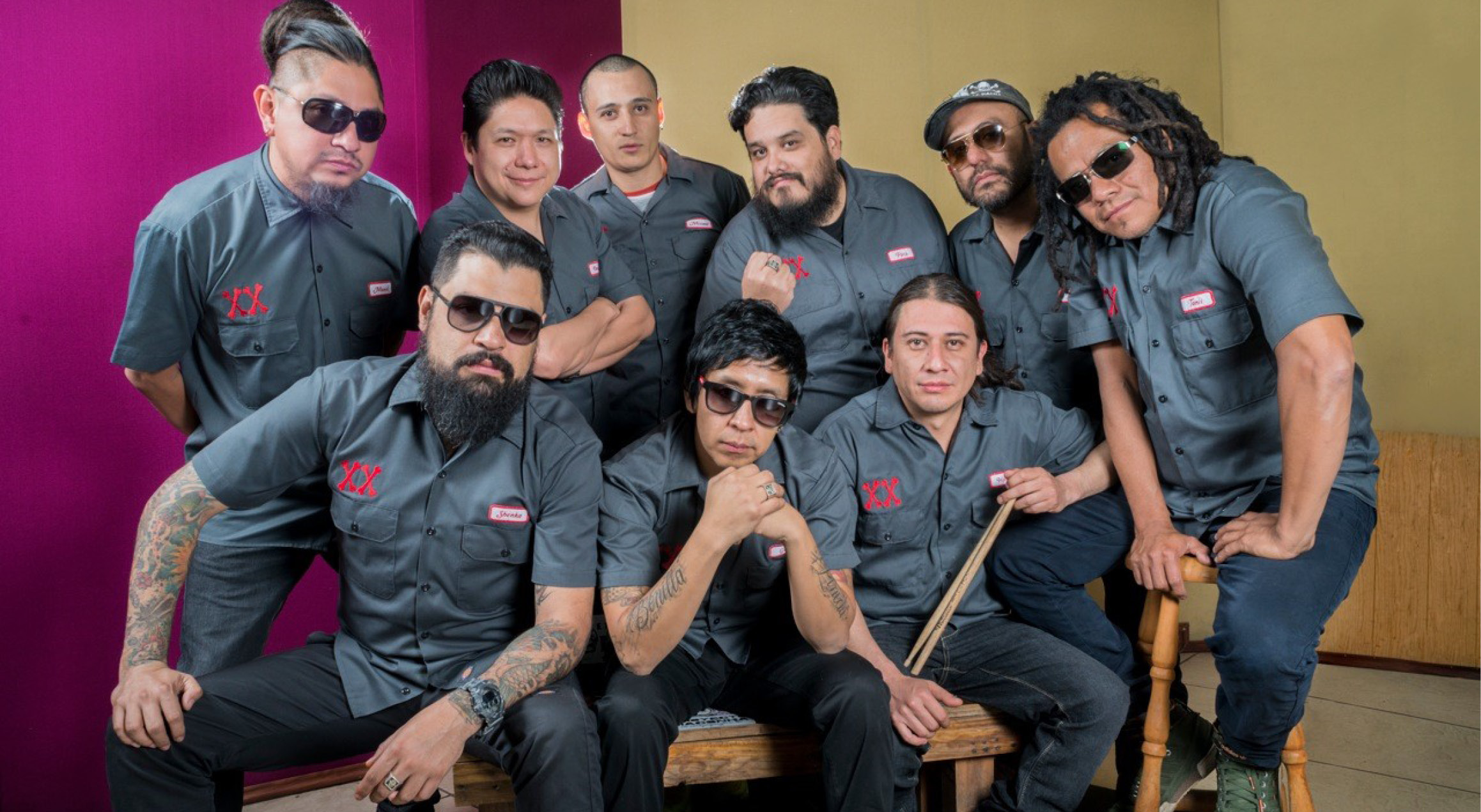
Panteon Rococo
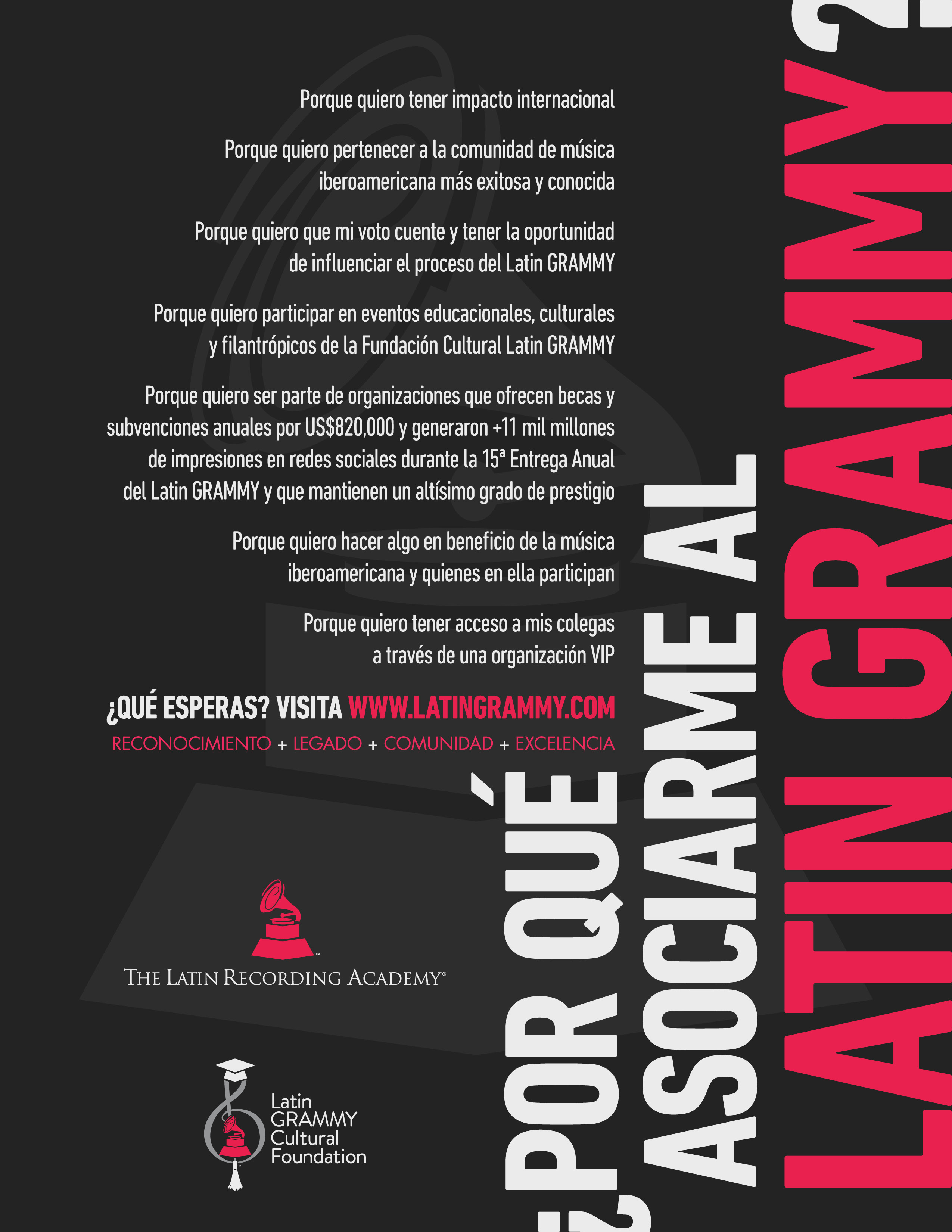
you can’t classify what a nerd looks like … We’ve slowly, quietly taken over the world because we’ve taken [nerd culture] from something that used to be shunned to something that is cool. I feel lucky that I am able to get to know more and more people involved in this community.”
Like many video game channels, Woods’ UpUpDownDown shows him playing both current and pre-released games and engaging in gaming challenges, both alone and with friends. Many of the guests are also WWE superstars, and Woods is trying to encourage a crossover fan base, with support from the WWE itself (the channel has a small production team).
“I started out trying to bring wrestling fans back into gaming, and then to try to get gamers back into wrestling if they had gotten away from it,” he said. “There are so many things that both realms of fandom have in common. The main one is the desire to escape. When you come to a WWE show you are suspending your disbelief to come to this new reality, and … I think with video games you do the exact same thing.”
Woods wrestles as part of a tag team called The New Day, which is known for espousing relentless positivity. That’s the feeling that Woods brings to his gaming channel and what drives him in life. He paid his way through a special wrestling school and sacrificed his college social life (he has a bachelor’s degree in philosophy and a master’s in psychology) to wrestle on the amateur circuit, all with the goal of joining the WWE.
Woods is also working on a Ph.D. in educational psychology, which is on hold right now as his games channel takes off, but he intends to finish. He eventually hopes to work with autistic children when his WWE career is done, which he knows could happen suddenly. “What we do is dangerous,” Woods says. “Being a professional athlete is not something that’s promised … it could go away at any moment.”
Woods also considers his higher education achievements as a way to be a role model for his younger fans (of which he has plenty; The New Day is a fan favorite, and Woods and his partner were named Wrestlers of the Year by Rolling Stone in 2015). “I grew up looking up to wrestlers and there are kids now who see me in that light,” he says. “I want to show them: just because you want to be an athlete doesn’t mean you can’t be smart.”
Clearly, you can be a video game nerd, too.
The 2017 SXSW Gaming Awards presented by IGN and Imaginary Friends, co-hosted by Xavier Woods and OMGitsfirefoxx, will take place in the Grand Ballroom of the Hilton Austin Downtown (500 E 4th St) on Saturday, March 18 from 8-10pm.
Xavier Woods®, who will co-host the SXSW Gaming Awards this year, is proof that nerd culture has won. It may not be strange today to learn that a muscular 205-pound professional wrestler is as much a devotee of Japanese anime and the Final Fantasy series as he is of the dropkick and piledriver, but when Woods was growing up as a lonely nerd, it would have been.
Back then in his world, there were athletes, and there were nerds. Woods was a nerd. “I was an awkward kid,” he remembers. “I didn’t really talk to the other kids, so video games were my haven.”
But along with his interest in fantasy and sci-fi genres in all their forms, there was also professional wrestling. That may seem like the odd one out among his interests, but to Woods, they are all related.
“I liked the King Arthur stories and mythology, and wrestling fit perfectly into that because it was this fantasy world,” Woods explains. “But it was made up of humans that I could see when they came to town. There’s good and evil competing in the ring, and the same kind of battle happens in video games.”
With that confluence in mind, Woods has managed to merge his interests. He is a WWE superstar (the organization refers to all of its talent as “superstars”) and the host of a video gaming channel on YouTube and Twitch called UpUpDownDown (which he hosts under his real name Austin Creed). He runs the channel despite his lifestyle of traveling 300 days out of the year to appear in WWE matches.
To make that work, there are two parcels that Woods carries at all times: a briefcase full of recording equipment, and a special backpack that has a built-in screen and room for a PS4, games, cables, controllers and portable speakers. He plays during airport layovers, at hotels, at arenas before matches, and sometimes in a car being ferried between any of those. He likes to train for the ring while he is on the road, so that he can dedicate his time at home to gaming—or forgo home entirely to attend gaming conventions and other events.
Woods says that the extra work is worth it: “Honestly, I just love being able to connect with people in the gaming community because video games have been my thing my whole life. “
“Because I am a WWE superstar, sometimes when people look at me, I get classified in a certain way,” he continues. “People don’t think I know games because I’m a wrestler/athlete. I’m very interested in breaking the barriers of that because
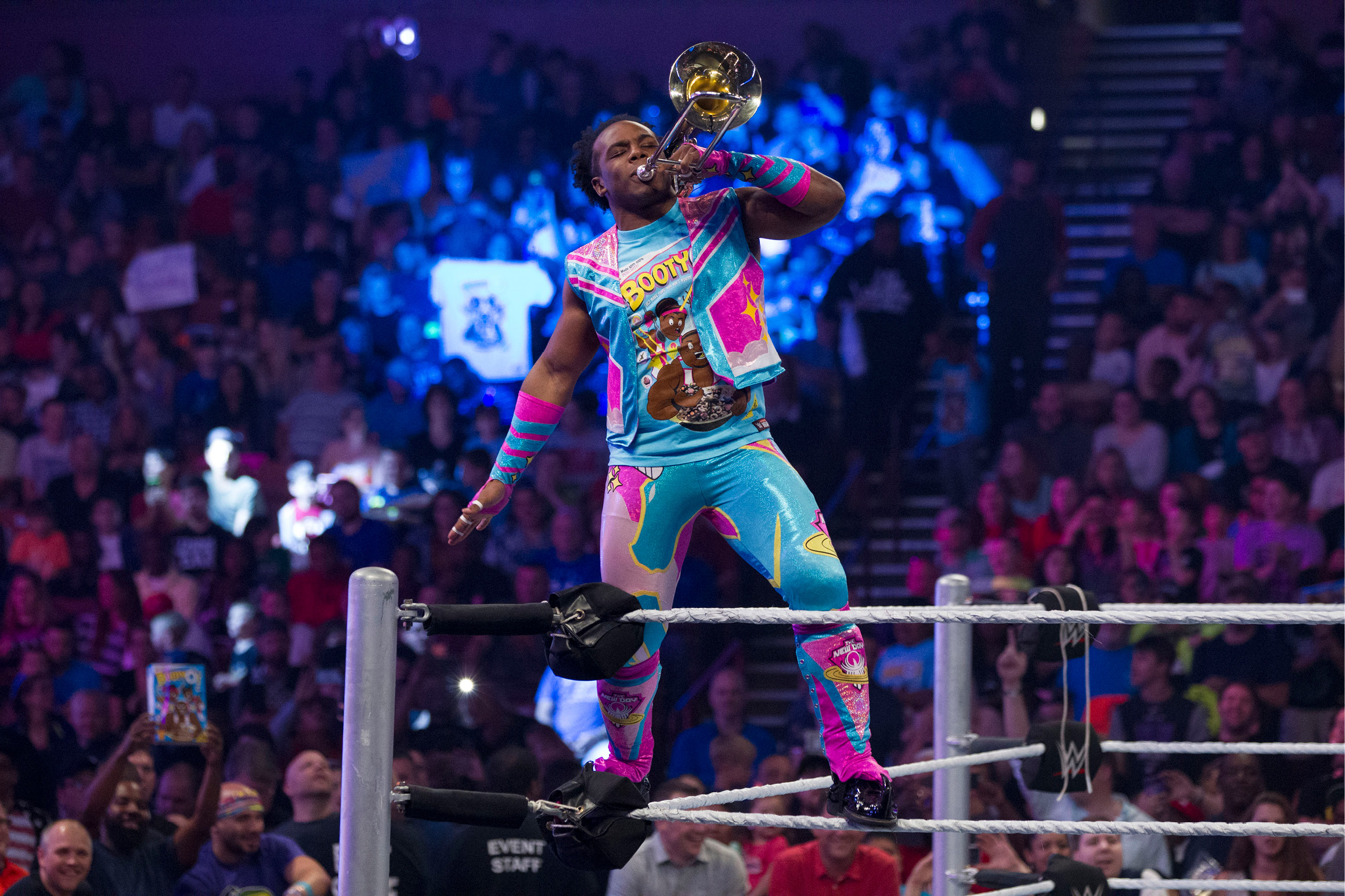
Xavier Woods®, photo courtsey of WWE
Wrestling and Gaming …
Xavier Woods’ Twin Passions
By Rob Preliasco
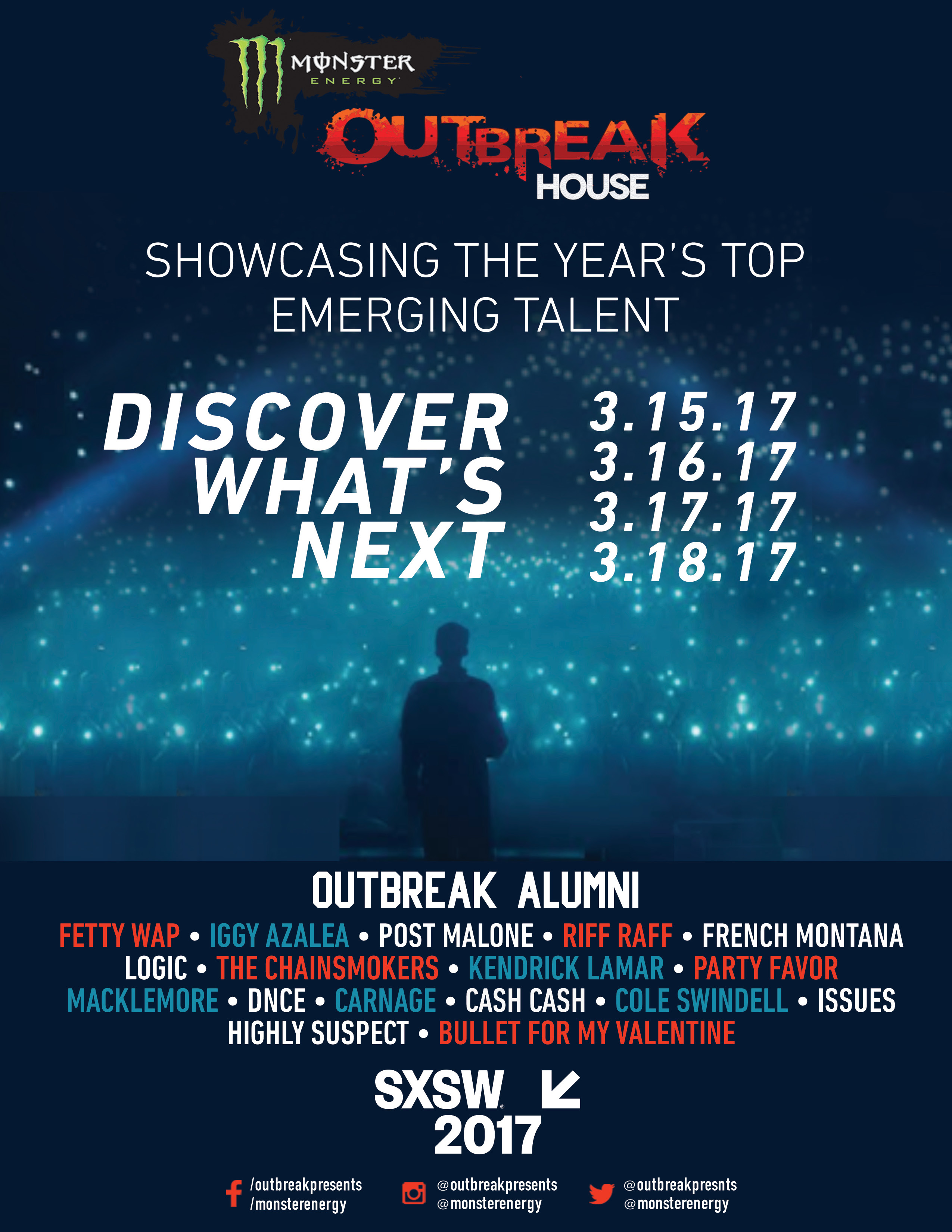
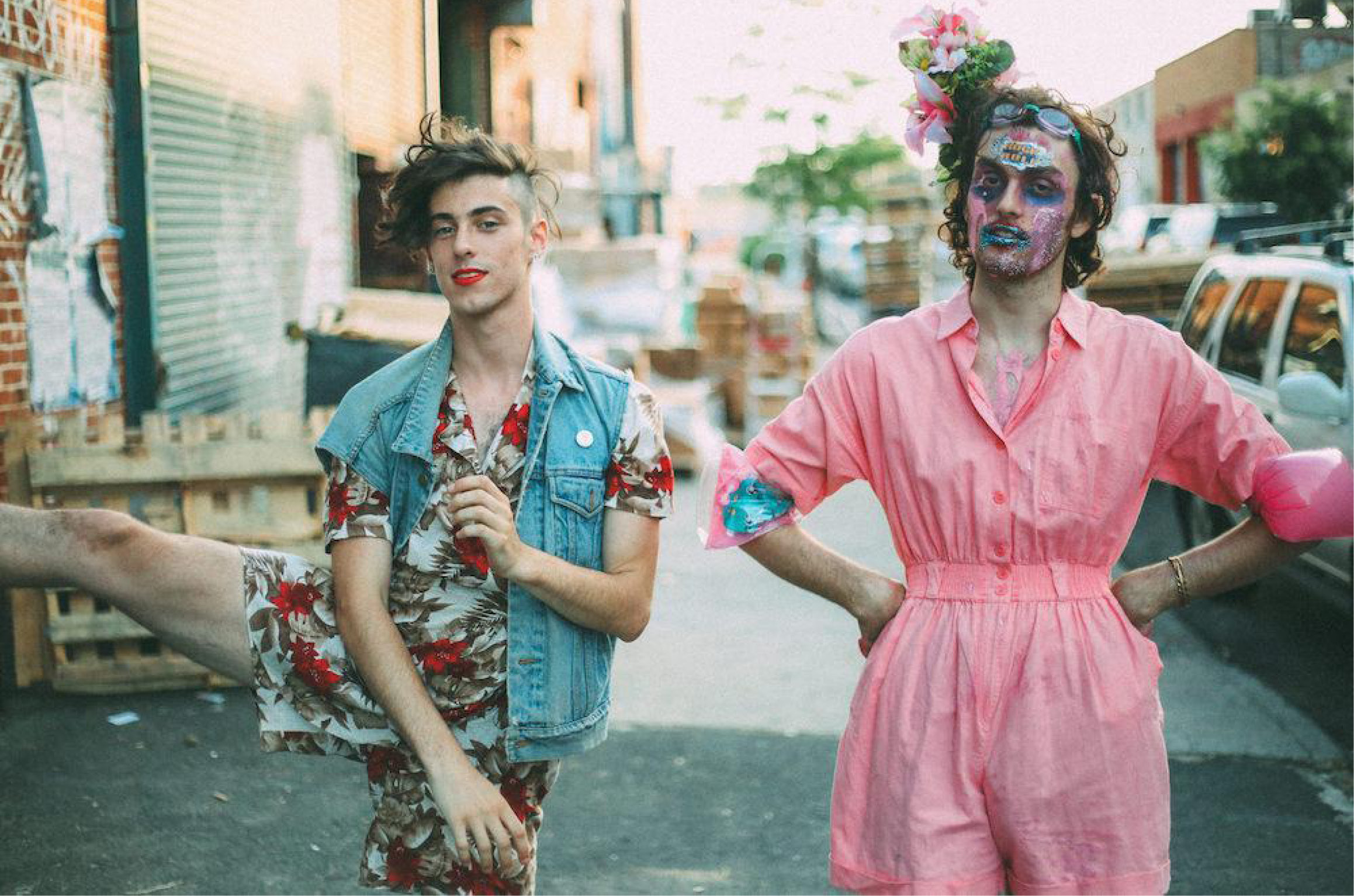
PWR BTTM, photo by Andrew Piccone
Safe Spaces
Music Venues Making Room For Equality
By Leor Galil
coalition Our Music My Body, a joint initiative formed by domestic violence nonprofits Between Friends and Rape Victims Advocates. “We want people to just be thinking about what does consent mean, what does taking up space mean,” says Between Friends’ Matt Walsh. “For myself, as a man, recognizing my experiences at concerts … and I think trying to engage with men to think about this stuff is really important.” In addition to offering educational information at Chicago concerts, Our Music My Body has tabled at Pitchfork Music Festival and Riot Fest—during the latter festival, Our Music My Body hosted a panel on harassment in music, which included Sleater-Kinney singer-guitarist Corin Tucker and Bandcamp managing editor Jes Skolnik.
Skolnik, who uses they/them pronouns, has confronted issues of safety in DIY music for decades. “I’ve been part of these kinds of conversations since the early to mid ’90s, and they’ve been happening in spaces for longer than that, too,” Skolnik says, explaining that what has changed is where the discussions are taking place: “Social media in particular allows you to see that people are having the same discussions in different places around the country, and makes that easier to access—you just get to see that there’s sort of a critical mass of people out there who are actually talking about it, and it doesn’t seem like it’s your isolated DIY scene anymore.”
Implementing safety measures remains a challenge. Skolnik is part of a team that has been trying to open an all-ages, handicap accessible venue in Chicago called Pure Joy. Skolnik knows the challenges owners of established venues face when it comes to providing an inclusive space. “There are so many financial limitations to talking about designing a physical space,” Skolnik says. “Obviously if you are any kind of independent promoter, whether it’s an established club or not, there’s not a lot of money in it.”
Beyond the physical and monetary limitations of clubs, there are viable ways to combat harassment. With CASS, Raven helps helm Safe Bars, a program that trains staff at bars and venues on how to stop harassment. “Fifty percent of sexual assaults involve the use of alcohol, according to a study by NIH,” she says. She’s seen a spike in training requests since the presidential election due to a rise in hate-based harassment: A Southern Poverty Law Center report in early February collected information on more than 1,300 reports of bias incidents. Safety remains a national concern, and at least in the music scene there are people working collectively to stop abuse.
The “Safe Space to Rock: Combating Harassment in Music” session will be held on Friday, March 17 at 2pm, part of the SXSW Music Conference’s Touring & Live Experience programming track. See schedule for more details.
In November 2015, New York pop-punk duo PWR BTTM introduced a request in their tour rider—an initiative about restrooms. In February 2016, the band posted a screenshot of the new stipulation on their Facebook page: “In an effort to ensure the safety and comfort of patrons of all gender identities, PWR BTTM asks that restrooms at the venue be made gender neutral for the evening.”
The band addresses queerness and gender fluidity in song, and this rider section is a natural extension of its music. Fans responded positively, but the move may have helped make the group more of a target: In November, anti-gay protesters gathered outside a PWR BTTM show at Big Sleepy’s in Jackson, Mississippi.
PWR BTTM has used its rising profile to help bring issues concerning safety and inclusivity in music venues to the fore of the national scene. Bands are far from the only people involved in the music ecosystem confronting issues that make women, people of color, LGBTQ and gender-fluid individuals feel unsafe watching live music. Femchord, a radio program and music site focused on women and non-binary people involved in music, is bringing the conversation to SXSW this year with a panel called “Safe Space to Rock: Combating Harassment in Music.”
Femchord founders Kate Ida and Julia Wejchert started working on the panel last spring. By the summer, their message had an increased urgency, and Ida cites the Pulse nightclub massacre in Orlando, Florida, and reports of nearly 50 sexual assaults at two Swedish music festivals as affecting on her view of safety in music. “It felt like music, which had in many ways been a haven for people who didn’t necessarily feel like they fit in other places of society—it didn’t feel safe anymore,” she says. “It didn’t feel like it was necessarily a place that welcomed everyone.”
Not that music festivals and venues have always been welcoming. Jessica Raven, executive director of the grassroots organization Collective Action for Safe Spaces (CASS) in Washington, D.C., frames it this way: “There’s no real entirely safe space—you can never guarantee that an incident isn’t going to occur because of the larger rape culture.”
Raven will join Ida on the SXSW panel along with Sadie Dupuis, who fronts indie rockers Speedy Ortiz and performs solo material under the name Sad13. Dupuis has been keen to put her weight behind venues that work to fight physical violence or sexual harassment. “Certainly, that’s a necessary base level,” she says. “But what kind of active measures does the venue have in place when someone does experience this kind of harassment?”
Dupuis also mentions shows that have included volunteers tabling with information about how to confront harassment—in particular Chicago
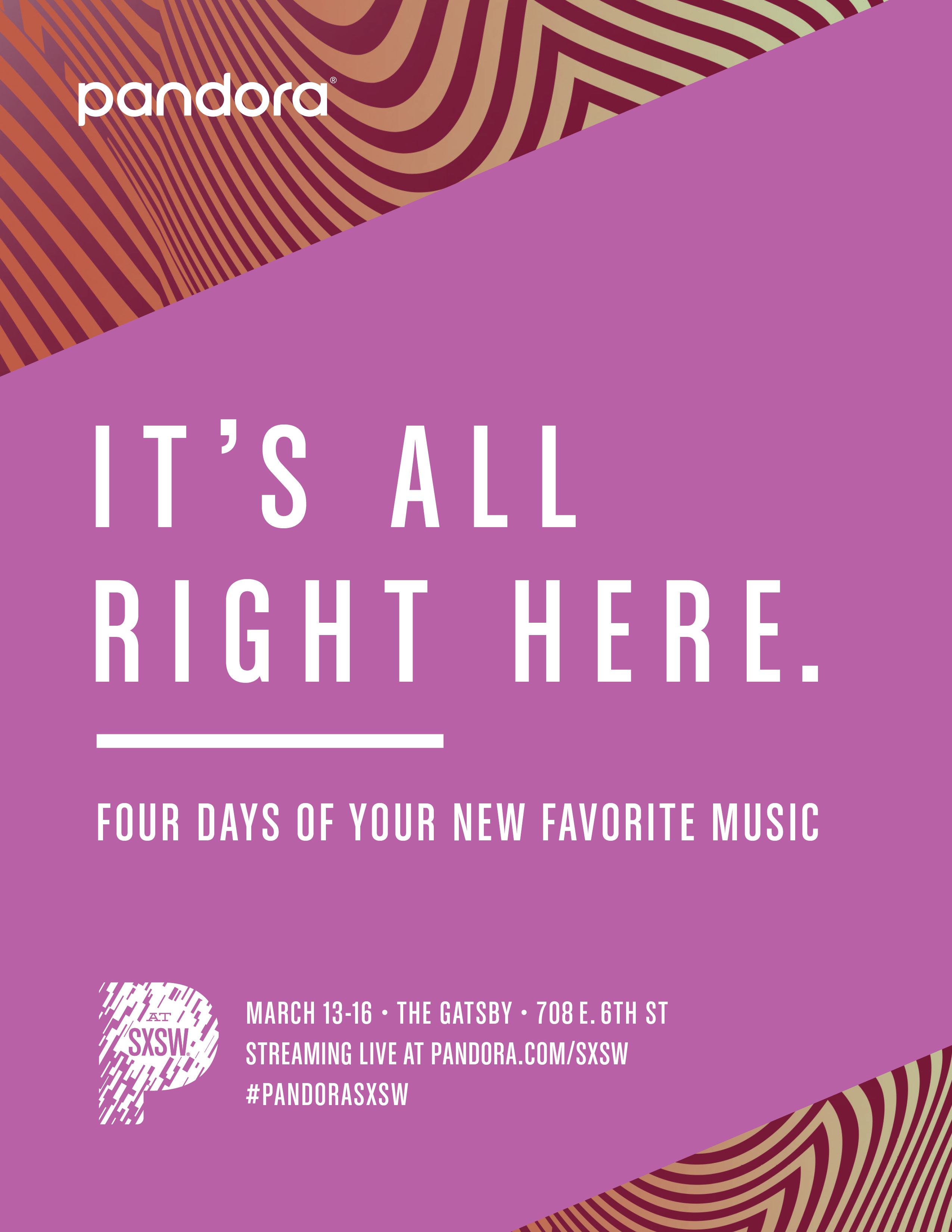

Belief, commitment, and gratitude. Those are three important things that have guided me through this business without fail. Believe in yourself, no matter what other people say. Commit to your craft, no matter how hard you must work. Show gratitude to those around you because no one achieves success by themselves.

A Look Back

Octavia Spencer
Small Town Crime World Premiered at SXSW 2017
A film actor for over 20 years, Octavia Spencer won the Best Supporting Actress at the Academy Awards in 2011 for her role in The Help and was nominated again this year for her role in Hidden Figures. She co-starred in Small Town Crime, which World Premiered at SXSW 2017.
Photo by Randee St. Nicholas



